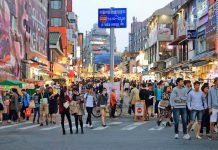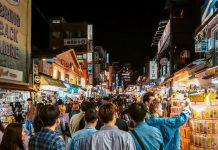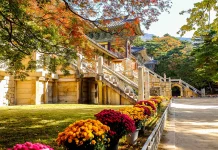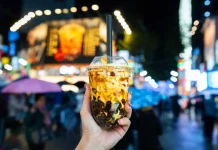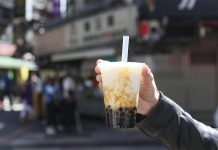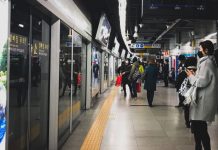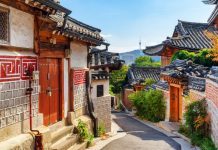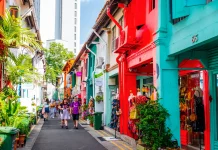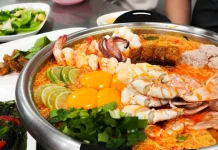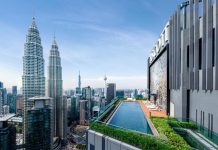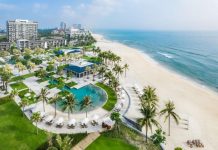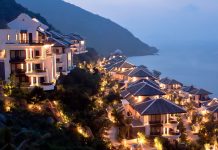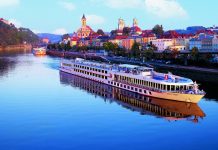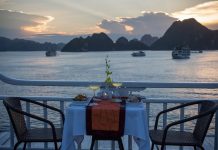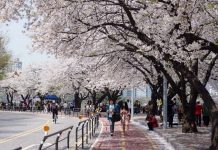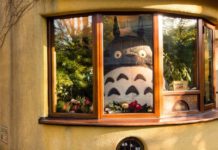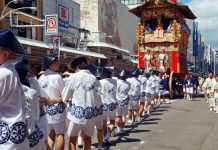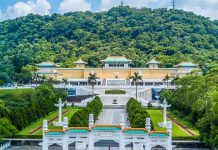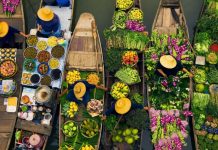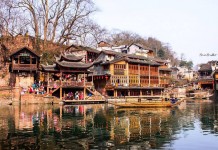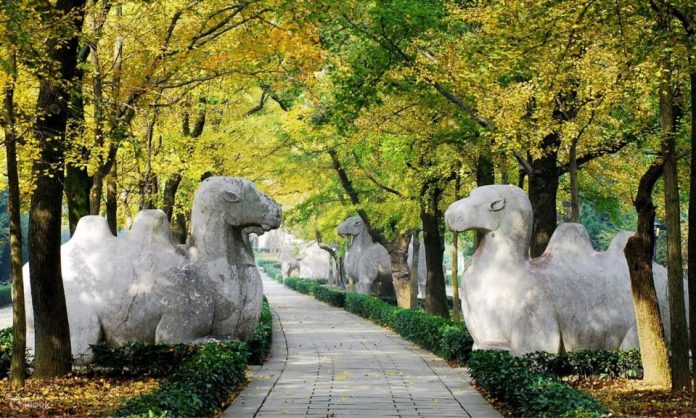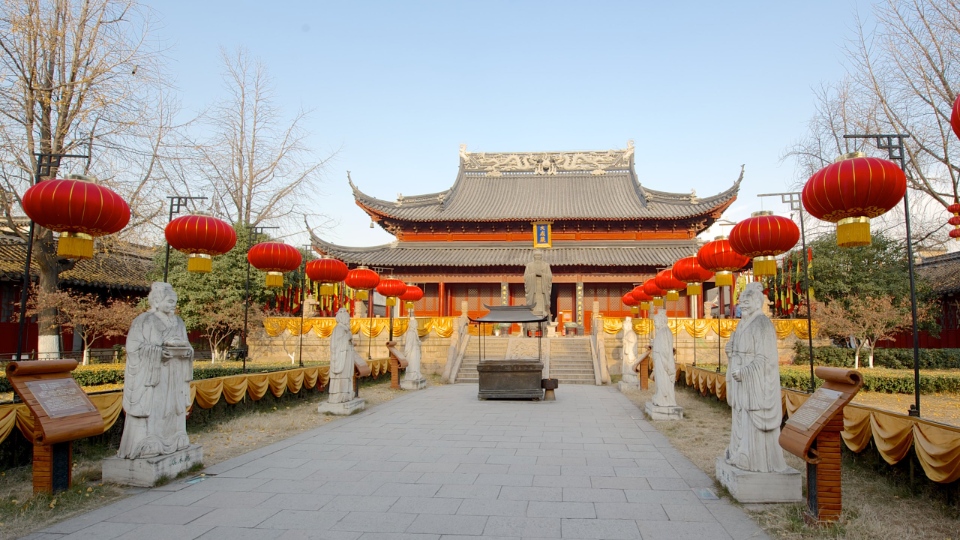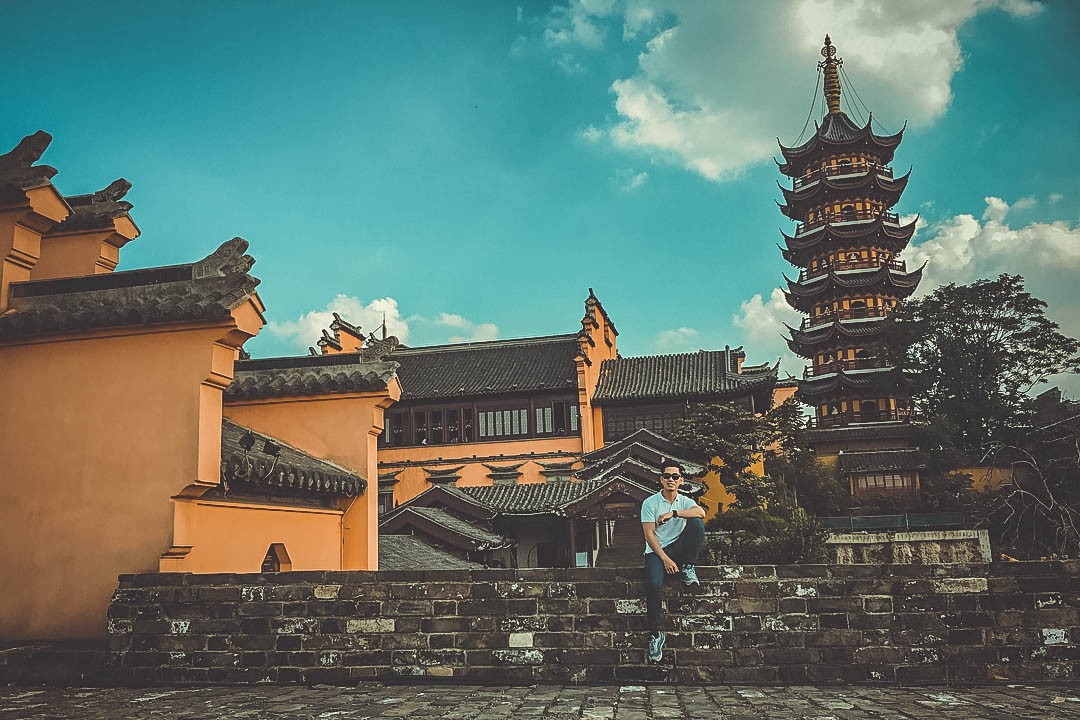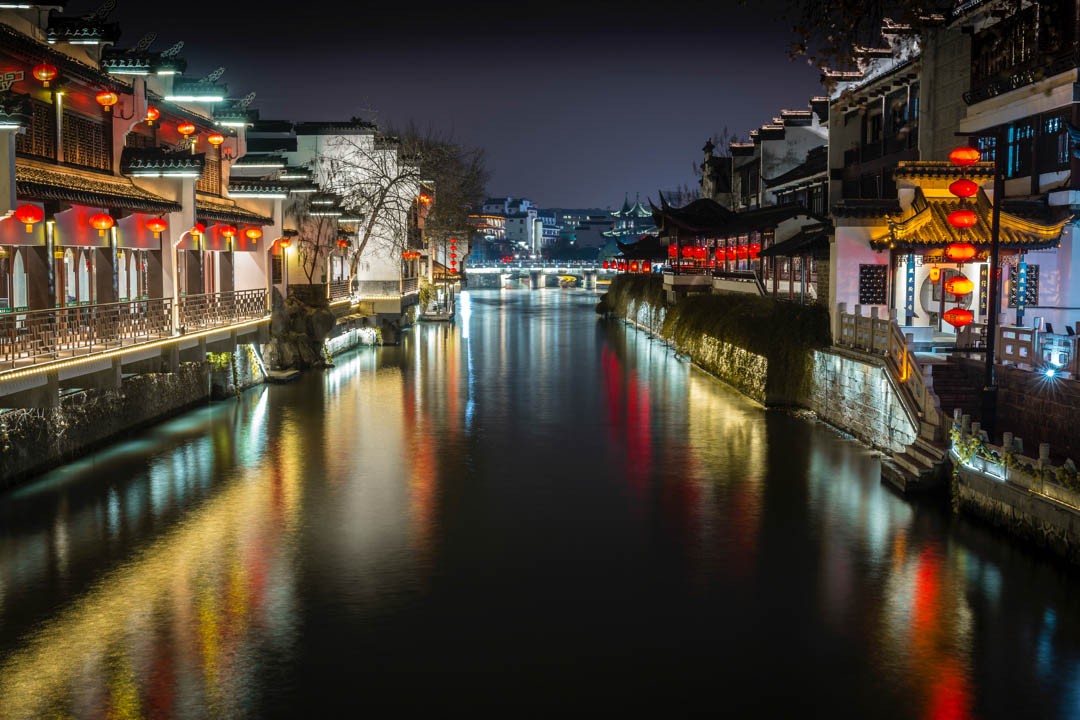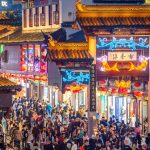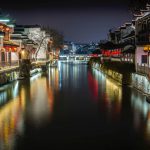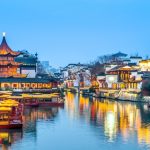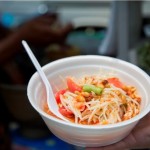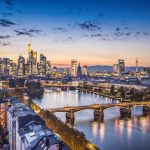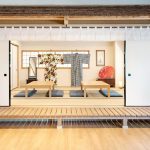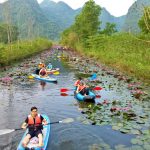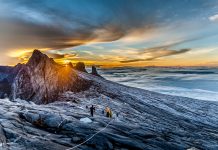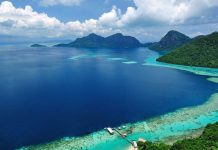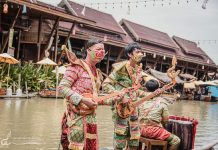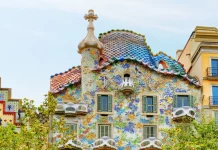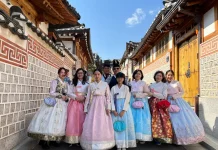Located on the southern bank of the Yangtze River, the capital of Jiangsu province – Nanjing is one of China’s most famous and remarkable destinations. Known as one of the “Four Ancient Great Capitals” in China along with Beijing, Xi’an, and Luoyang, Nanjing is famous for its rich cultural heritage, unique sightseeing spots incorporated from thousands of years of imperial dynasties in history, as well as the modernity and development of China today. If you don’t want to miss any exciting activities in Nanjing, continue reading this post for our recommendations! So, what to do in Nanjing and where to visit in Nanjing? Let’s check out our top rated 10+ best things to do in Nanjing, fun things to do in Nanjing, top things to do in Nanjing for first-timers as follows!
- Where & what to buy in Nanjing? — 7+ must-buy Nanjing souvenirs & best things to buy in Nanjing
- Nanjing itinerary 2 days — What to do & how to spend 2 days in Nanjing perfectly?
- Nanjing travel blog — The fullest Nanjing travel guide for first-timers
- What to buy in Guangzhou? — 11+ best things to buy in Guangzhou & best shopping places in Guangzhou
- Guide to Shenzhen nightlife — Top 5 things & what to do in Shenzhen at night
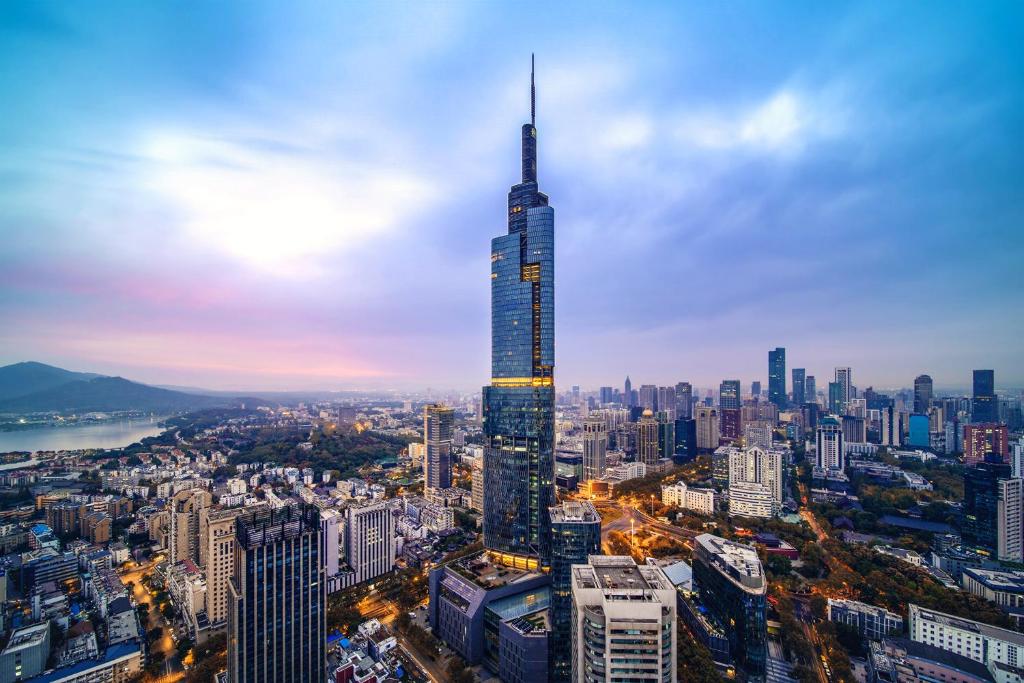
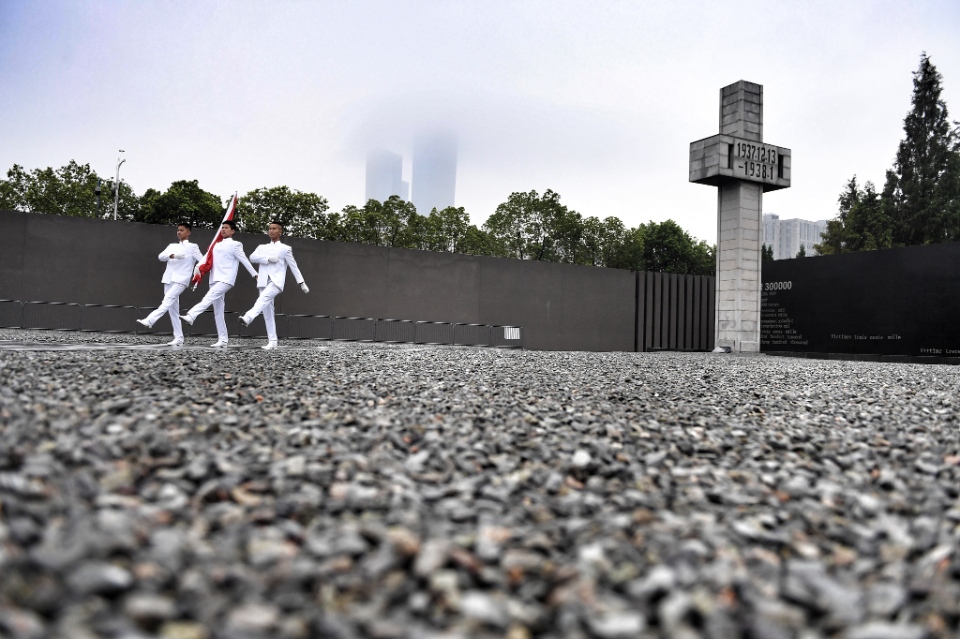
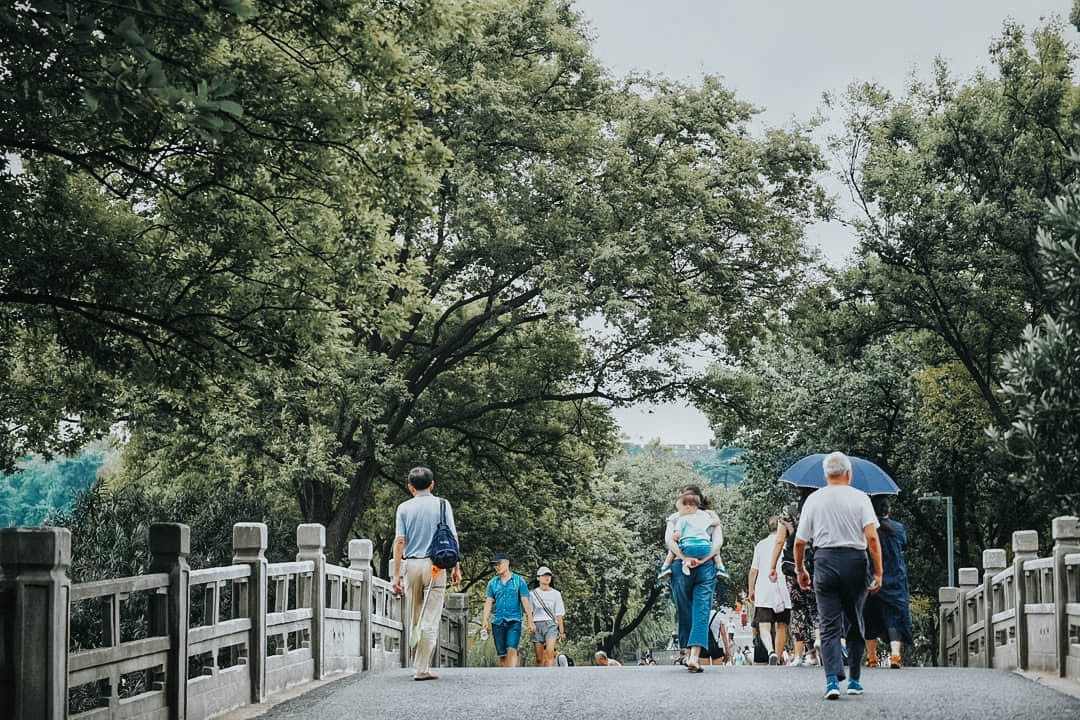

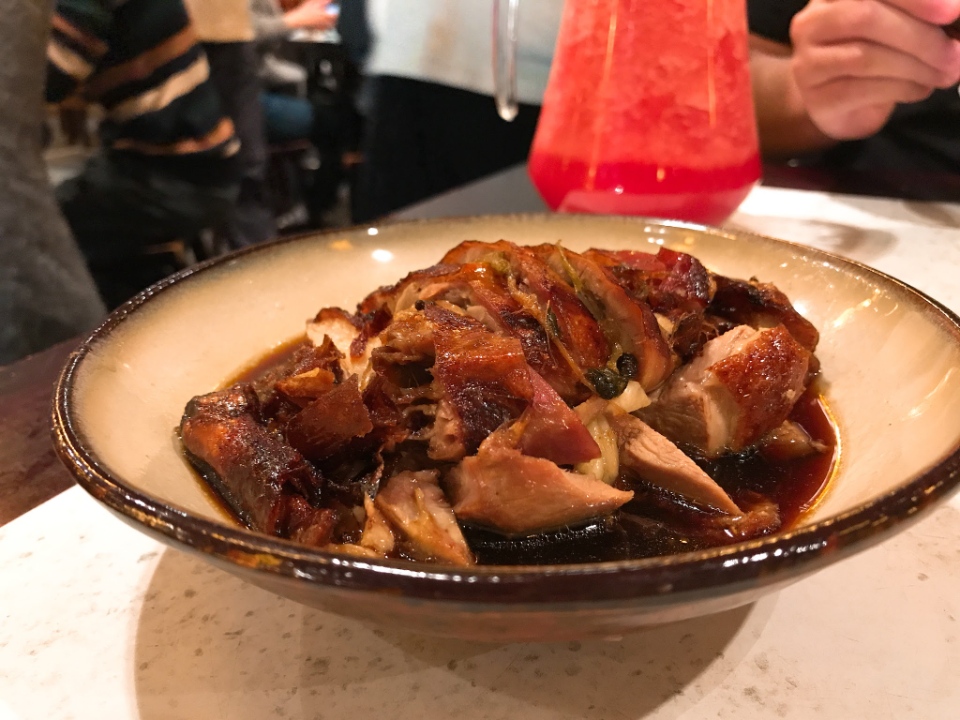
Visit the Memorial Hall of the Victims in Nanjing Massacre by Japanese Invaders (# best things to do in nanjing)
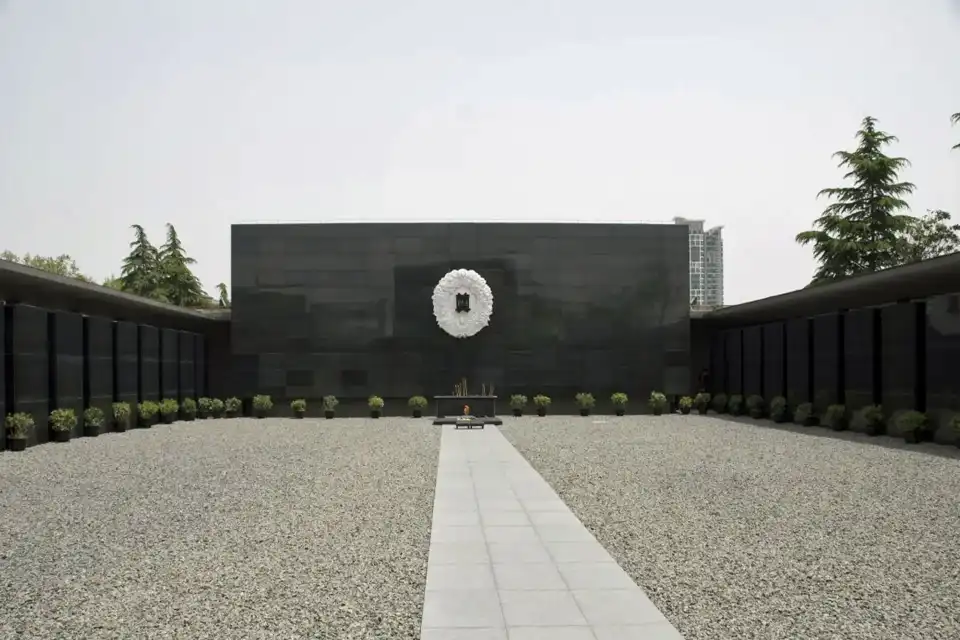
This is a place the Chinese people established to commemorate the heroes who fought against the Japanese army and what they sacrificed for the country during the Nanjing Massacre in 1937. It’s no wonder China produces so many TV series and movies about the history of warfare with Japan. They lost thousands of innocent civilians while fighting against the Japanese invasion. The museum records the most painful memories for the Chinese people as well as the ancient capital Nanjing. Today, it is also a symbol of peace and hope against war.
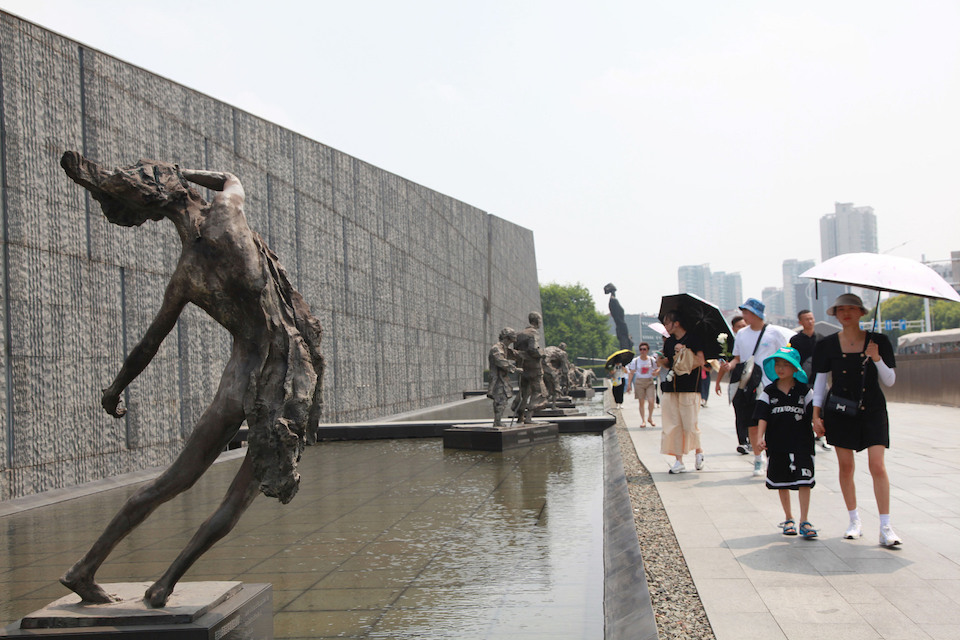
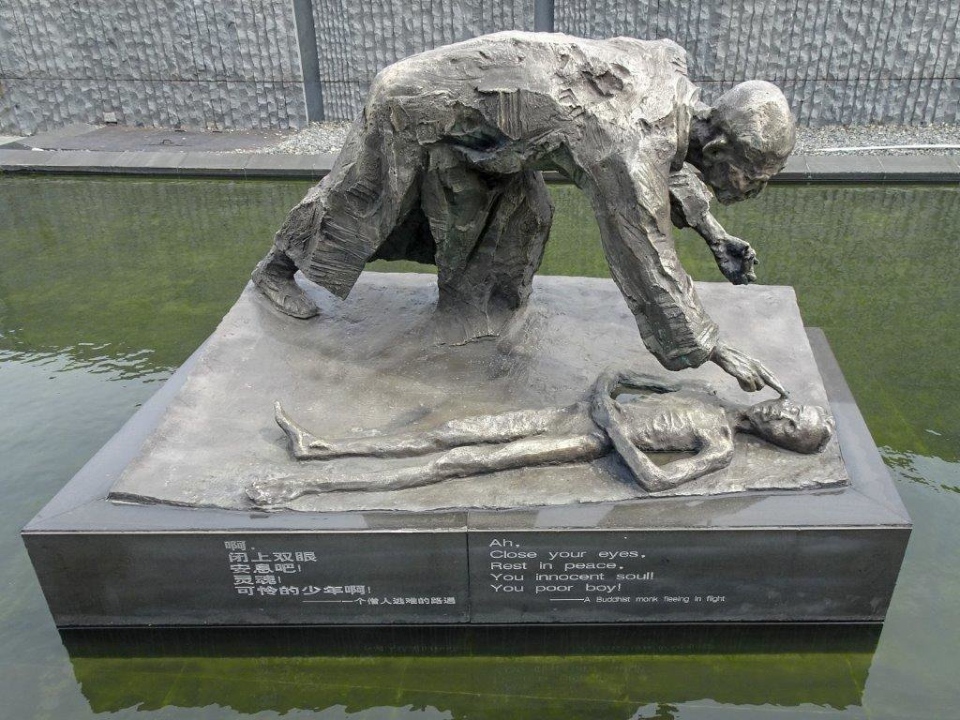
The tours are all very well organized with all the most gruesome details and artifacts of the massacre over 80 years ago. The Nanjing Memorial Hall occupies an area of about 120,000 square meters, including four different functional zones: Outdoor Exhibits, Jiangdong Men Square, the Museum, and Peace Park. Many documented pieces of evidence are on display, including photos, diaries, and contemporary newspapers, supported by narrative services that the museum offers. Most of the information is in English and they also provide translations of key documents for visitors’ easy accessibility.
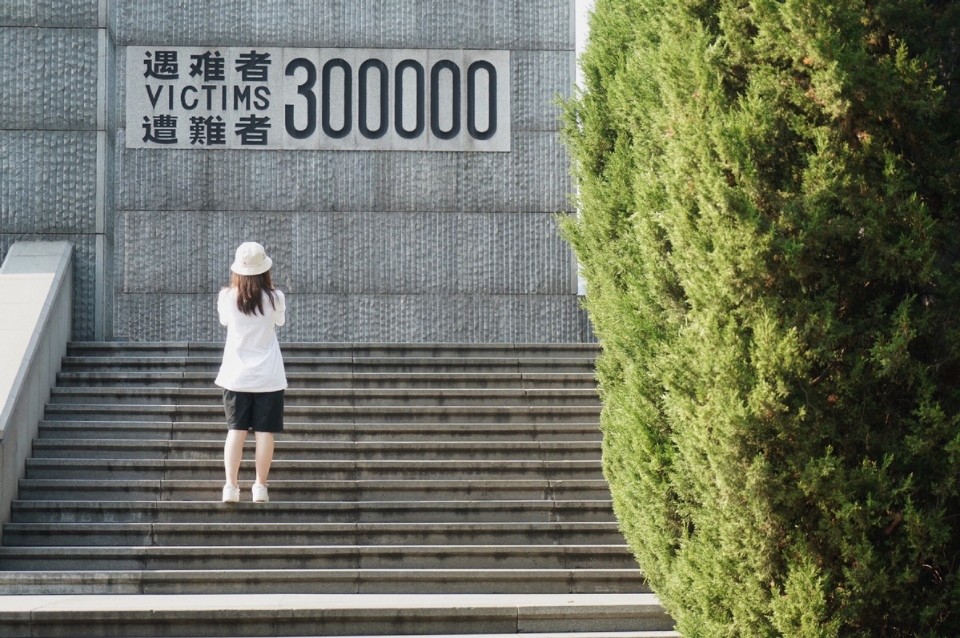
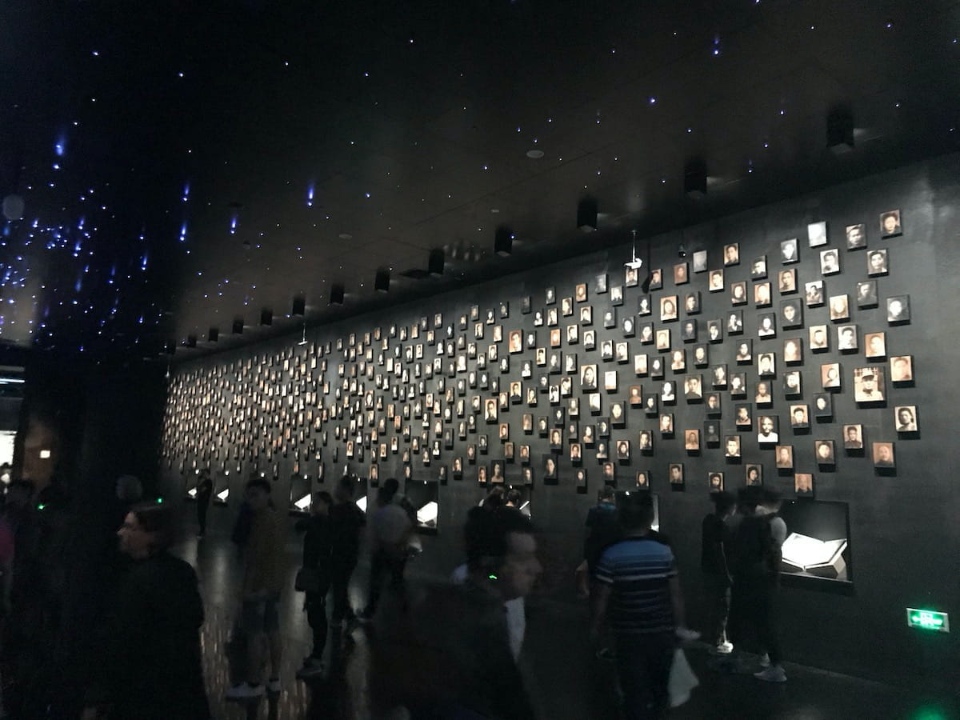
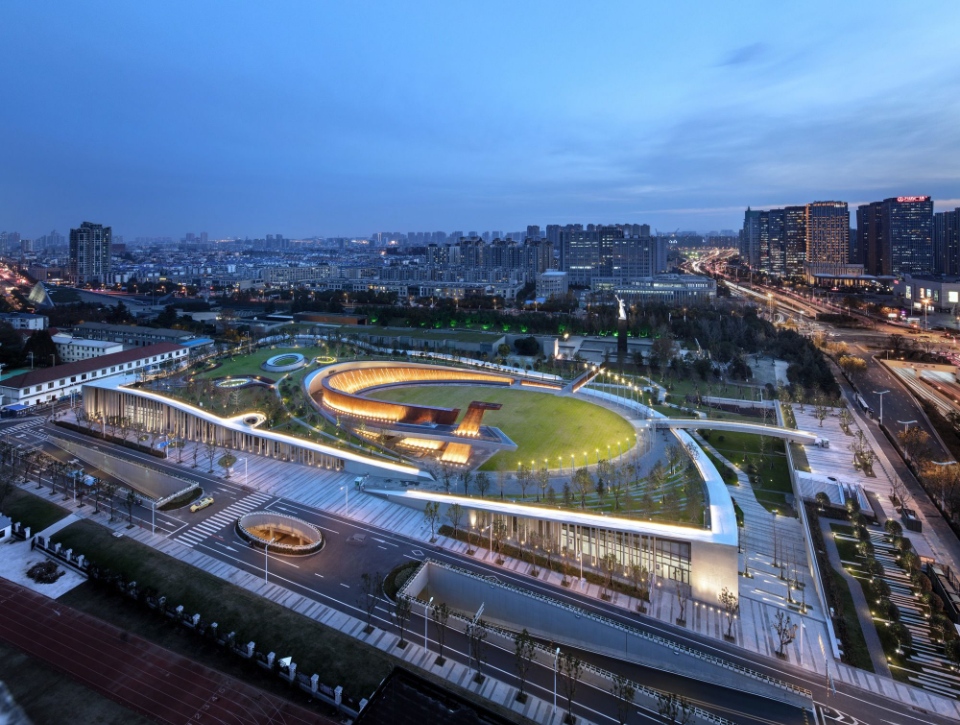
You will definitely want to explore more about the tragic history after spending two hours learning at this memorial hall. Moreover, most of the content is very realistic and somewhat disturbing, so it is not suitable to travel with young children on this trip.
Explore Zijin Shan (Purple Mountain) (# best things to do in nanjing)
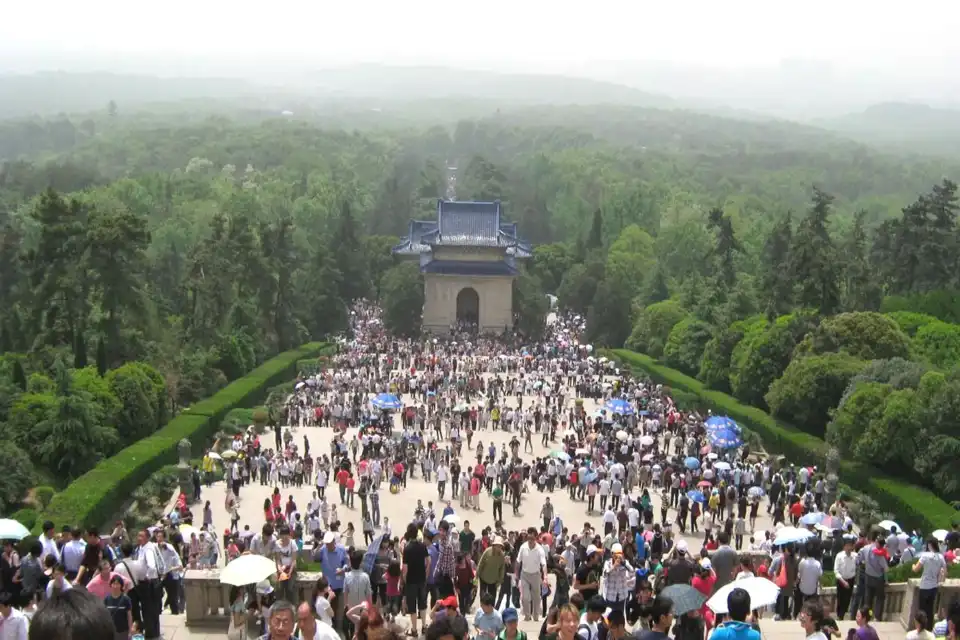
Known as one of the four famous mountains in Southern China, Zijin Shan located east of Nanjing City resembles a winding dragon. With breathtaking natural scenery and surrounded by greenery, it is home to many ancient historical sites including Ming Xiaoling Mausoleum, Sun Yat-sen’s Mausoleum, and Linggu Temple, which are preserved and developed to welcome visitors.
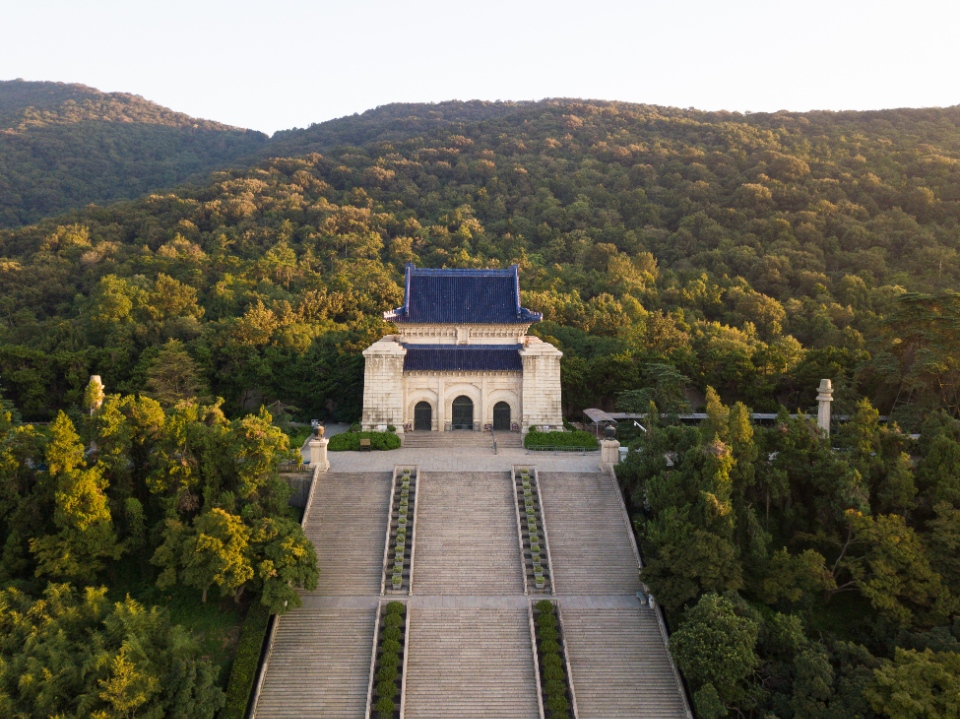
Zijin Shan is said to be the First Mountain of Chinese humanism, with a perfect blend of six dynastic cultures, including the Ming Dynasty, the Republic of China, mountain and water culture, ecological and entertainment culture, and Buddhist culture. The primary peak of this mountain reaches about 450 meters high. Visitors often encounter mysterious purple and yellow clouds covering the mountain peak at dawn and dusk, which is also the reason for the name Zijin Shan (also known as Purple Mountain).
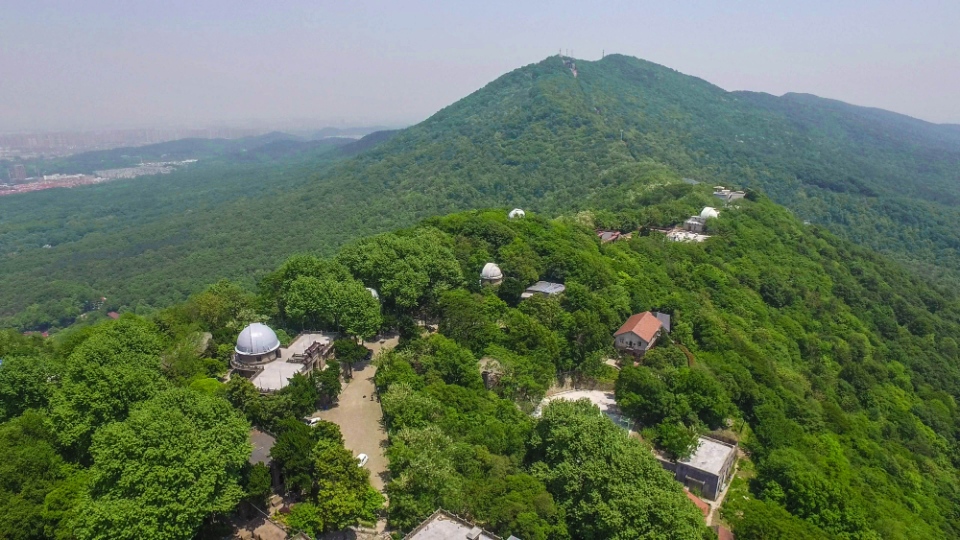
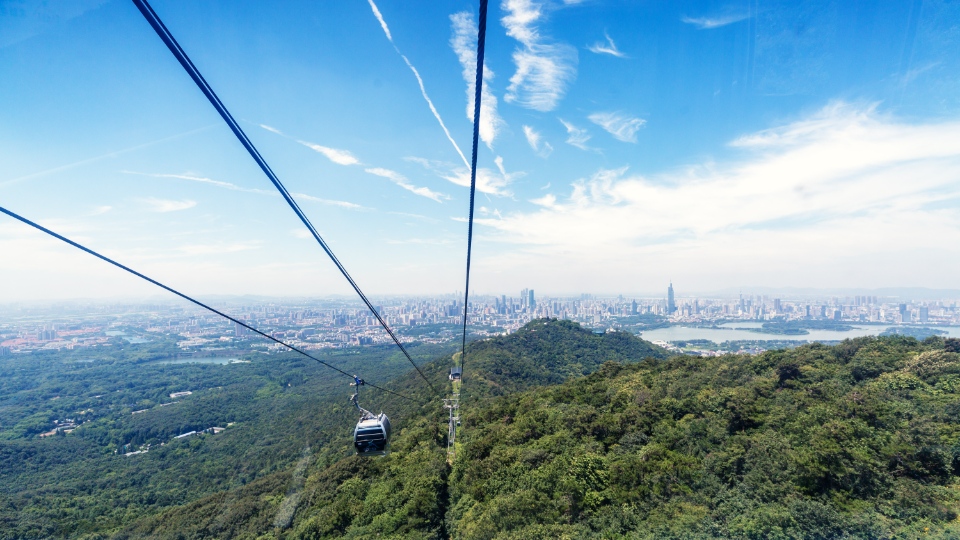
If you visit on a day when the weather is hot and humid and too harsh for walking, you can see and enjoy the beautiful scenery of the mountain using the convenient cable car service.
Admire the city’s beautiful landscape on the Zifeng Tower observation deck (# top things to do in nanjing)
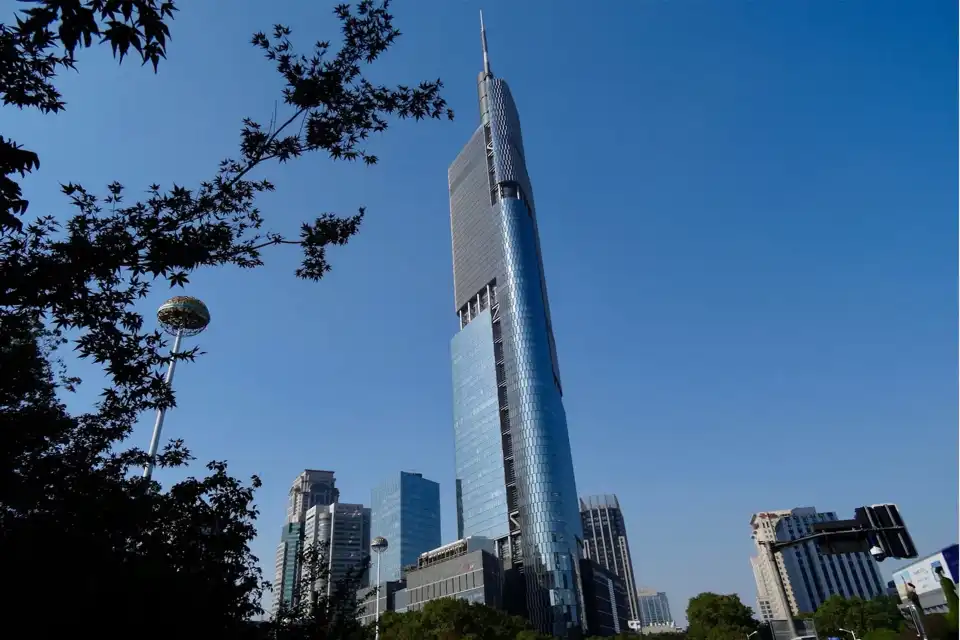
As the 7th tallest skyscraper in the world with 89 floors, this is the earliest observatory and also one of the most famous observatories in China with great significance, symbolizing modern astronomy.
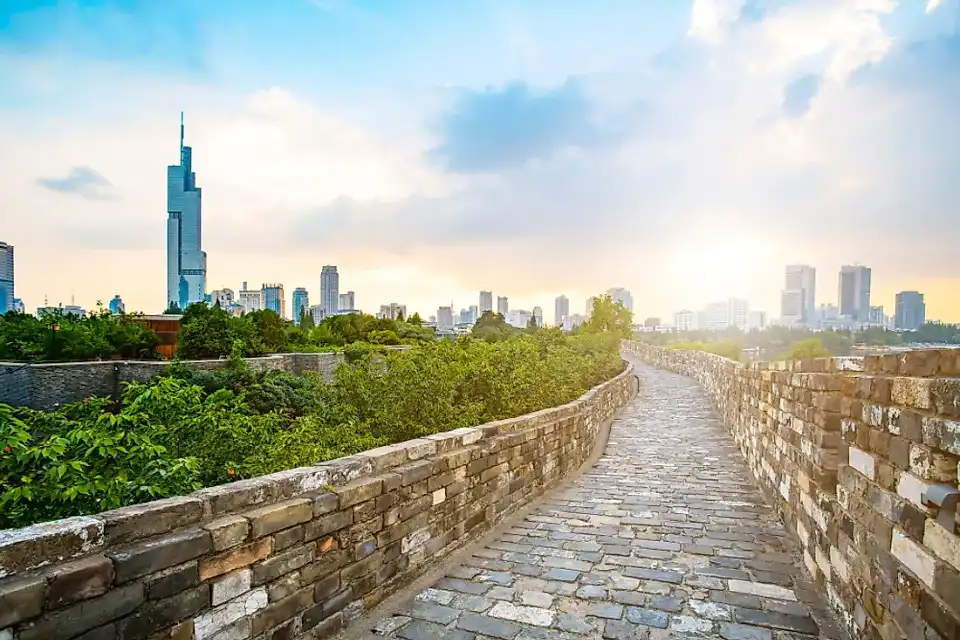
Zifeng Tower observatory is famous for its splendid architecture, rare apparatus, and abundant books. Currently, it is well equipped with modern facilities used for experiments and observations of the sun, moon, planets, stars, and satellites. Therefore, this destination has aroused curiosity about Chinese astronomy and attracted many tourists to visit.
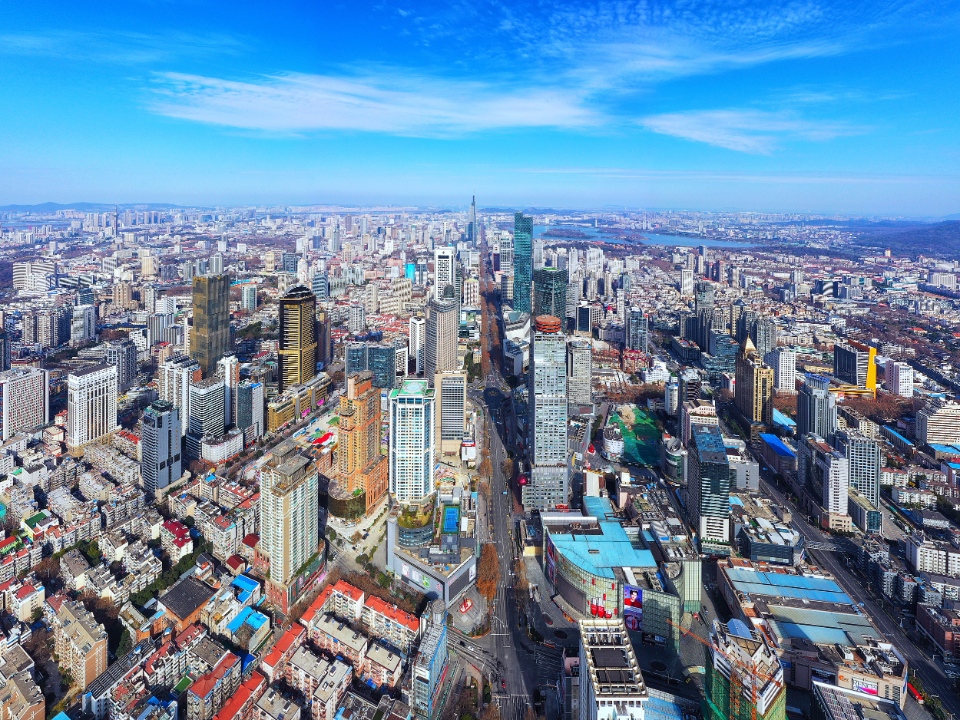
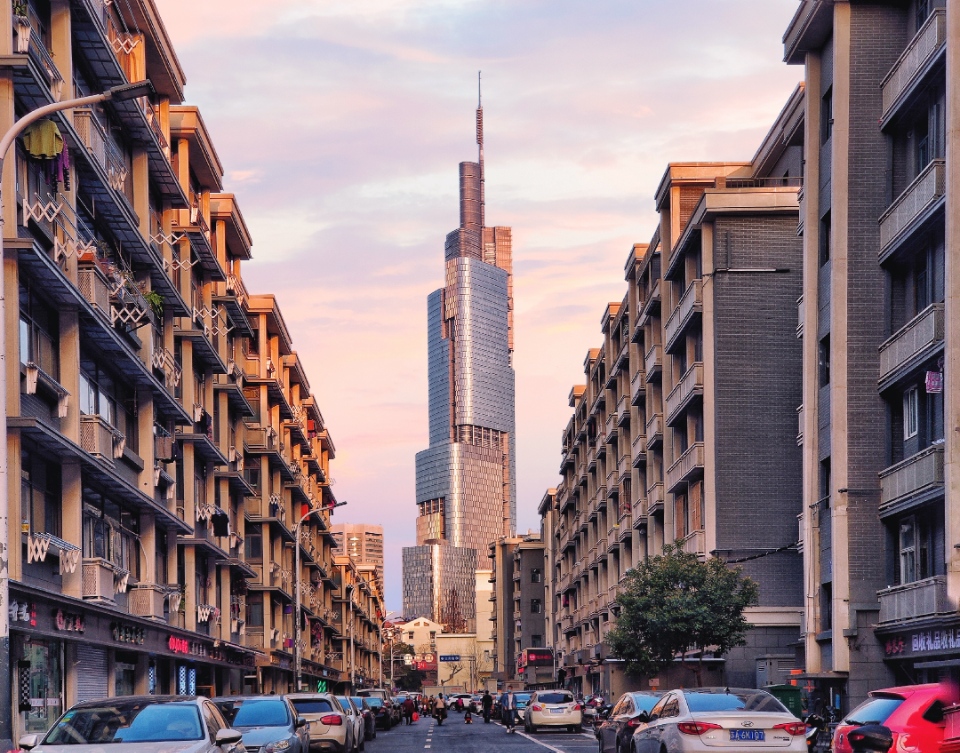
For a small fee, visitors have a unique opportunity to ride the elevator to the 89th floor and admire the entire cityscape from above. A special experience at night – when the tower glows different shades of blue visible from several blocks away, you’ll be in awe of this beautiful wonder. Additionally, you might catch a glimpse of Nanjing’s skyline and even the famous Purple Mountain in a lucky moment.
Take a walk around Xuanwu Park (# what to do in nanjing)
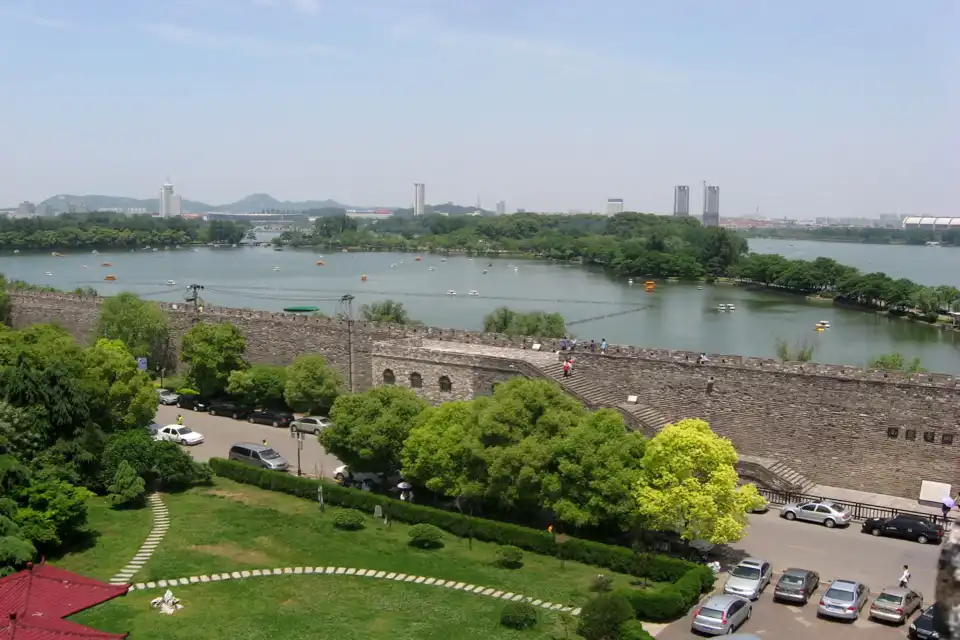
Xuanwu Park is the only surviving royal garden in the Southern areas of the Yangtze River and is known as the Pearl of Nanjing. Visiting the park, visitors will have the opportunity to escape the noisy and bustling city, and instead spend time relaxing and walking around Xuanwu Lake to enjoy the green landscapes and fresh air.
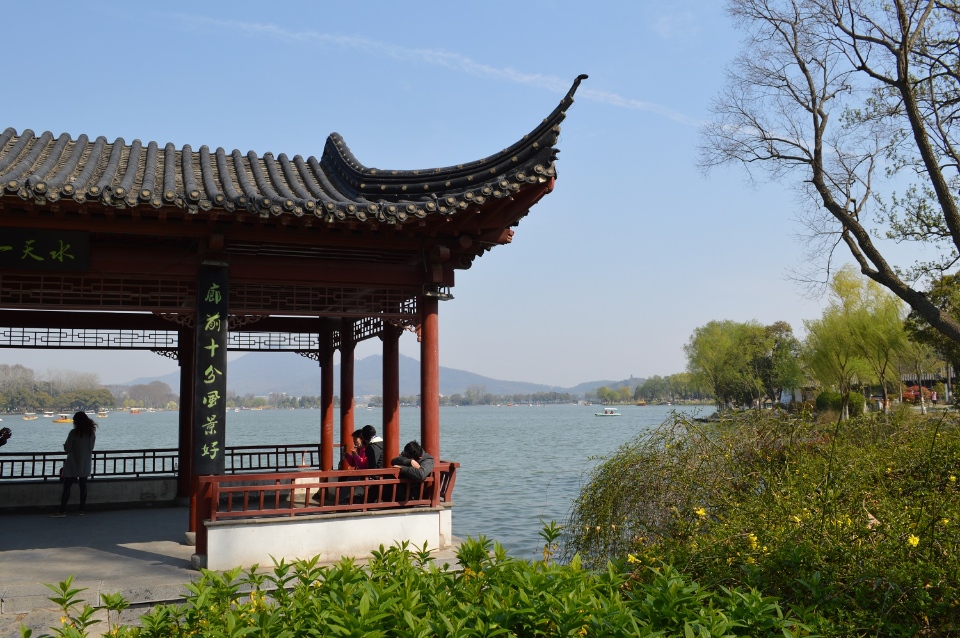
Xuanwu Lake is one of the three most famous lakes in Nanjing, with breathtaking natural beauty. The five isles in the lake are connected to one another by arc-shaped bridges, including Huan Isle, Ying Isle, Liang Isle, Cui Isle, and Ling Isle. Additionally, the lake is surrounded by Circumvallation, Jiuhua Shan Park, and Jiming Temple. To see this entire scene in detail, the best way is to row a boat out on the lake. Not only can you explore the beauty of Xuanwu Lake in a completely different way, but you can also admire the city skyline and pose excellent photos to bring home.
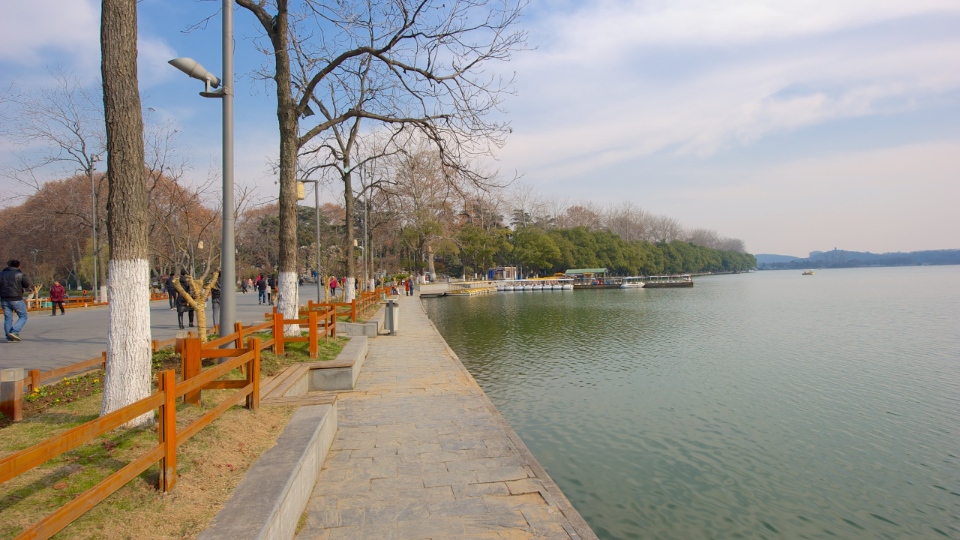
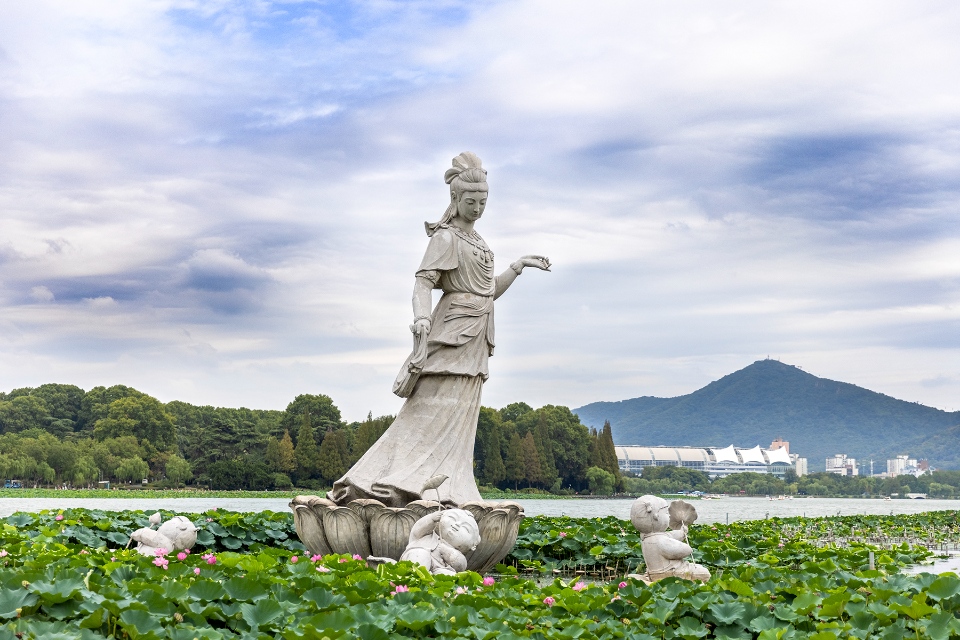
In addition, there are many temples, entertainment venues, tea shops, restaurants, and gardens here for you to explore. You will also see a lot of locals happily singing, playing, dancing, or flying kites.
Learn about the history of the Ming Dynasty at the Ming Xiaoling
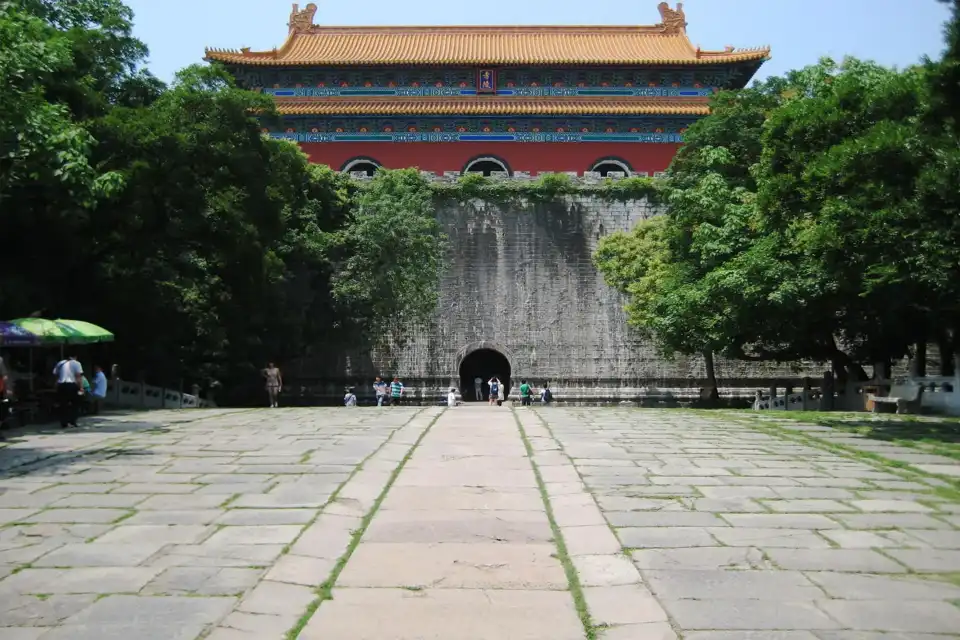
Located south of Purple Mountain, the Ming Xiaoling is the mausoleum of Zhu Yuanzhang – the first emperor of the Ming Dynasty – and his empress. Recognized as a UNESCO World Heritage Site with a history dating back centuries, it is one of the largest royal tombs in China with an area occupying more than 1,700,000 square meters.
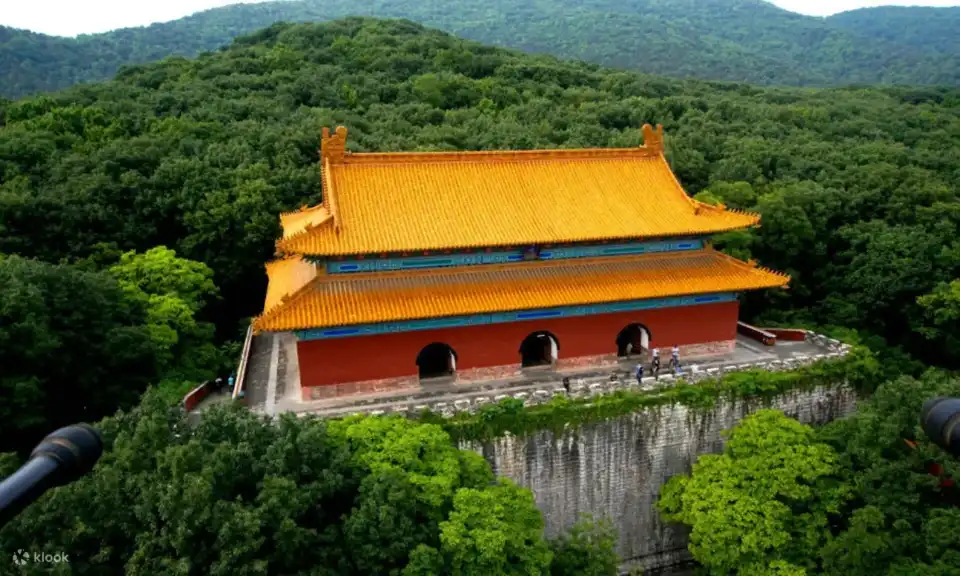
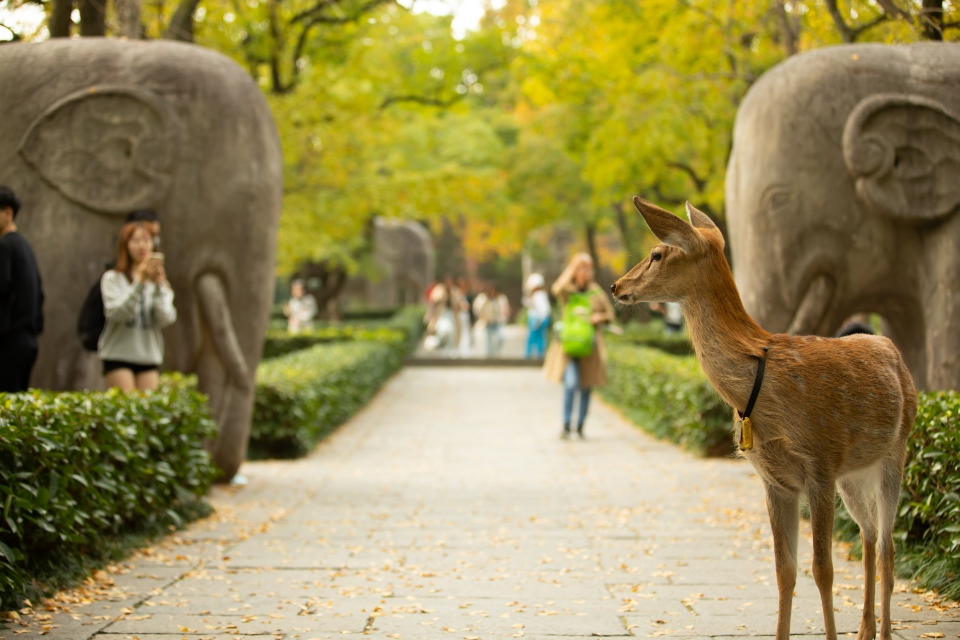
The overall layout of the mausoleum is divided into two parts: the first part is the Sacred Way (Shendao) lined with stone statues of several animals such as lions, camels, elephants, and horses that are believed to ward off evil spirits and protect the mausoleum. The second part is the main structures of the mausoleum – the cemetery of Emperor Zhu Yuanzhang and the empress. At the entrance to the mausoleum, you will see the Arch. Heading north along the Sacred Way, you will reach the main body of the mausoleum, followed by Fang Cheng (a castle-like building) and Ming Lou (a structure built in the style of a royal palace that only has four walls).
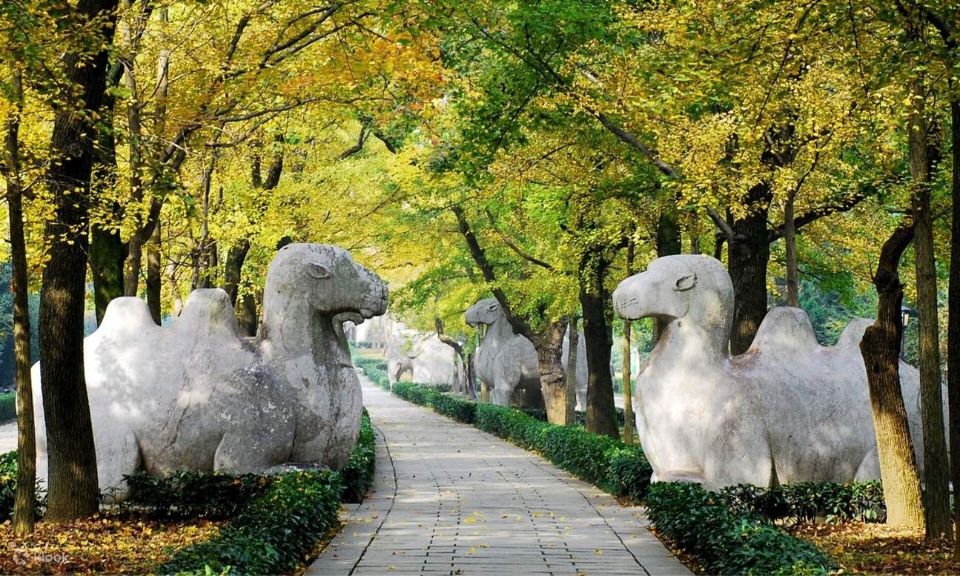
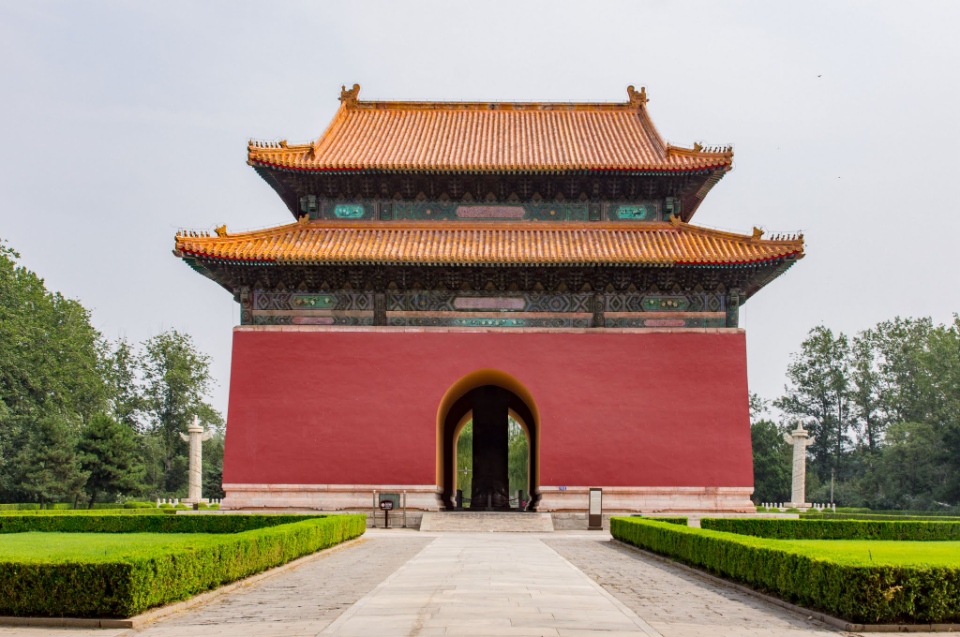
Along the paved road, visitors will be amazed by the wonderful monuments with architecture and stone sculpture art. You should enjoy this World Heritage site by bringing some water and snacks for a perfect visit!
Linggu Temple
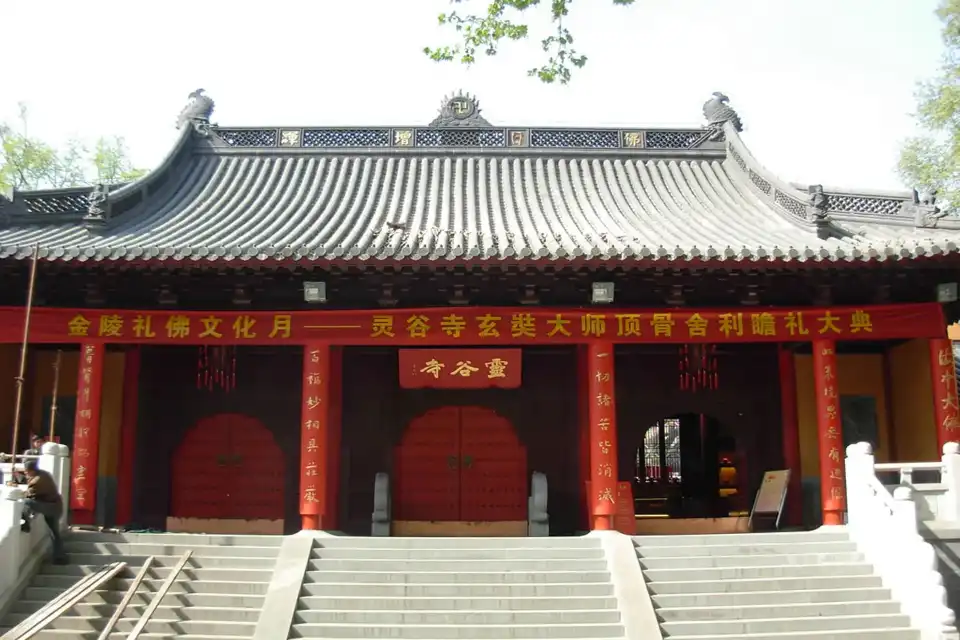
Linggu Temple is one of Nanjing’s famous scenic spots and claims to be “the best Buddhist temple in the world.” It was constructed in 514 during the Southern Dynasty as a burial place for famous monks. The buildings inside include the Wuliang Hall (Beamless Hall), Linggu Pagoda, Buddhist Sutra Archives, and Xuanzang Memorial Hall. This would be a great place to explore exceptional architectural techniques as well as learn about Chinese history.
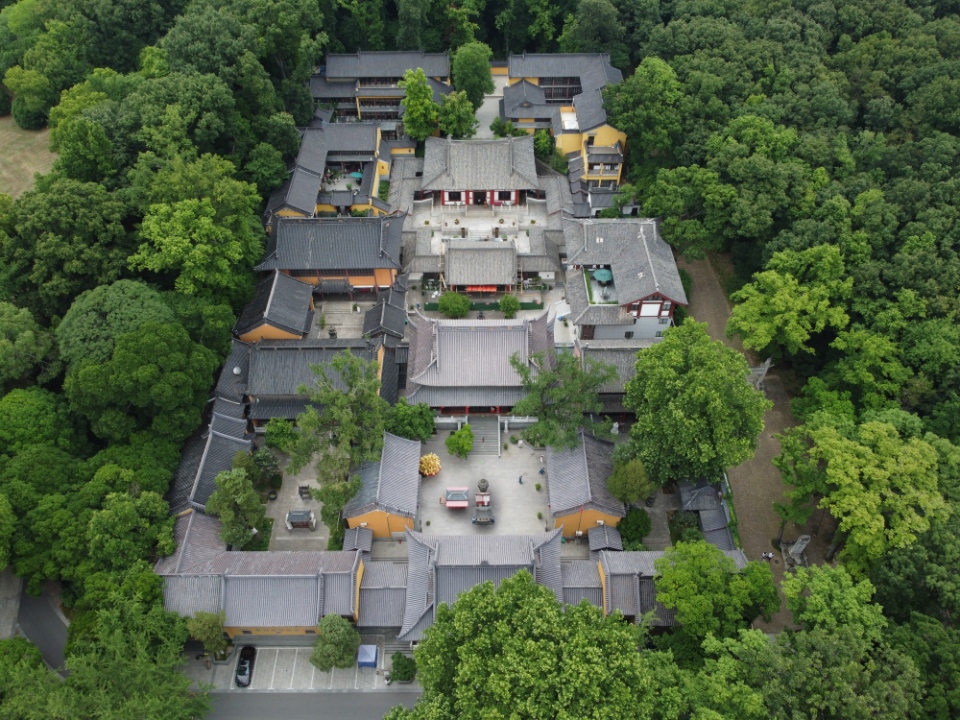
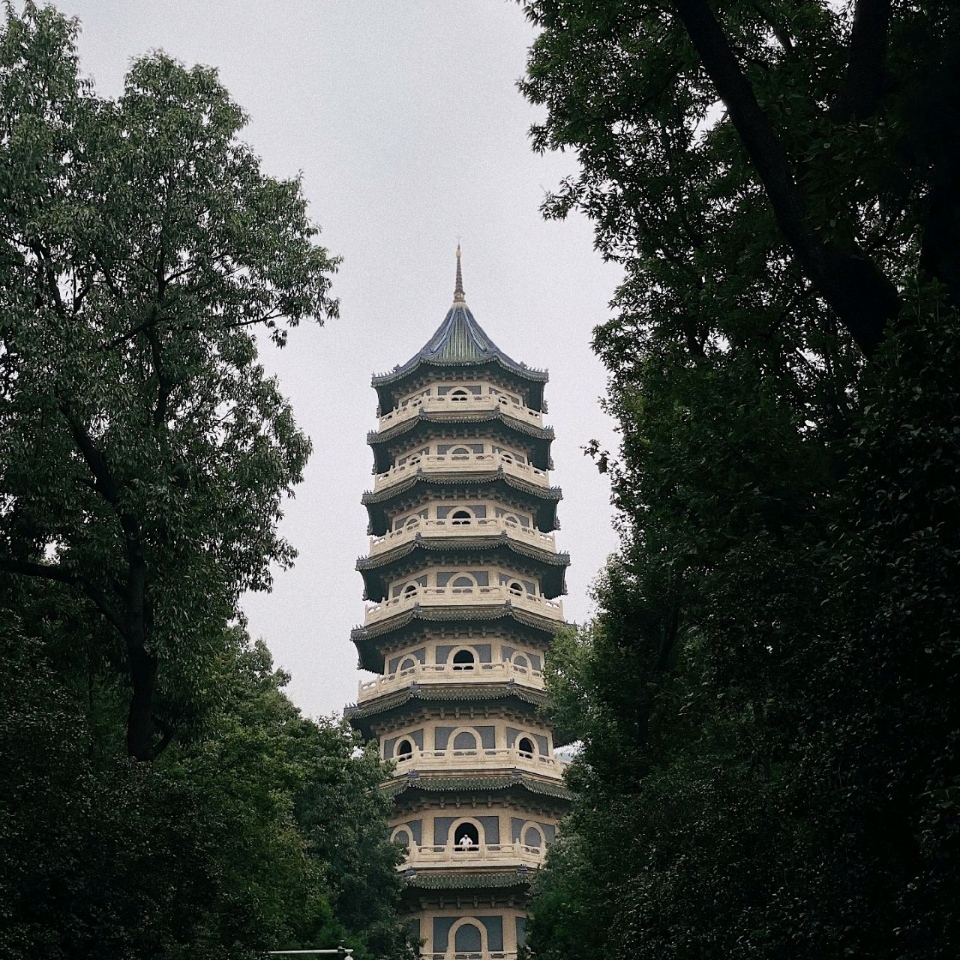
Linggu Temple is surrounded by the green of ancient trees and the sweet scent of flowers spreading along with the melodious sound of the bells makes you feel peaceful and relaxed. You can also visit the forest and admire the encompassing stream. The fresh vitality and wilderness here will create a lot of new inspiration for you.
Visit Nanjing Confucius Temple and experience exciting things along the Qinhuai River
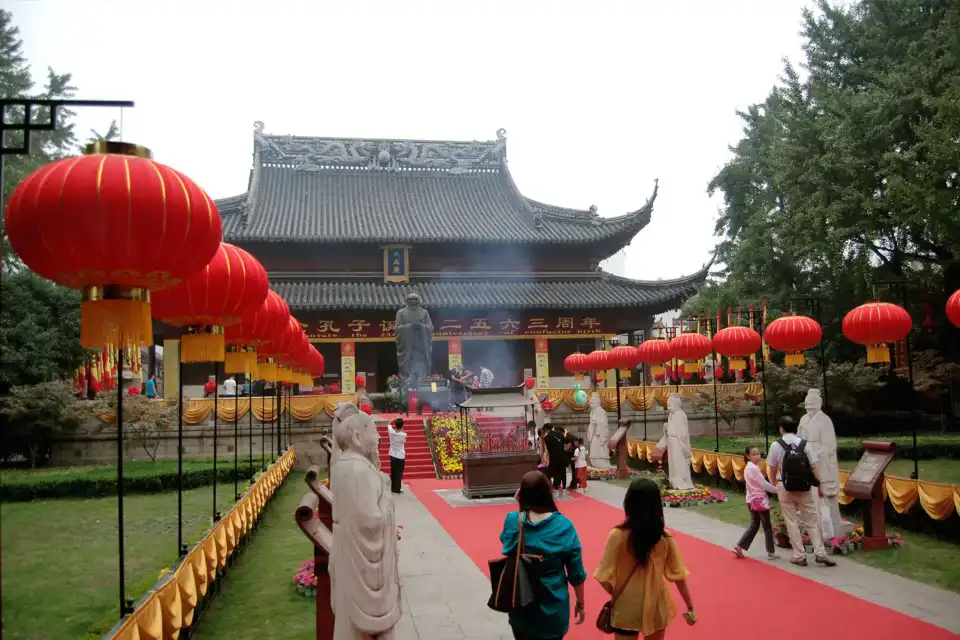
Nanjing Confucius Temple was erected to dedicate and worship Confucius – the great thinker and educator of ancient China. Although it suffered damage and was rebuilt many times, especially after the war of invasion by Japan, the temple still retains its inherent value and attracts many locals and tourists.
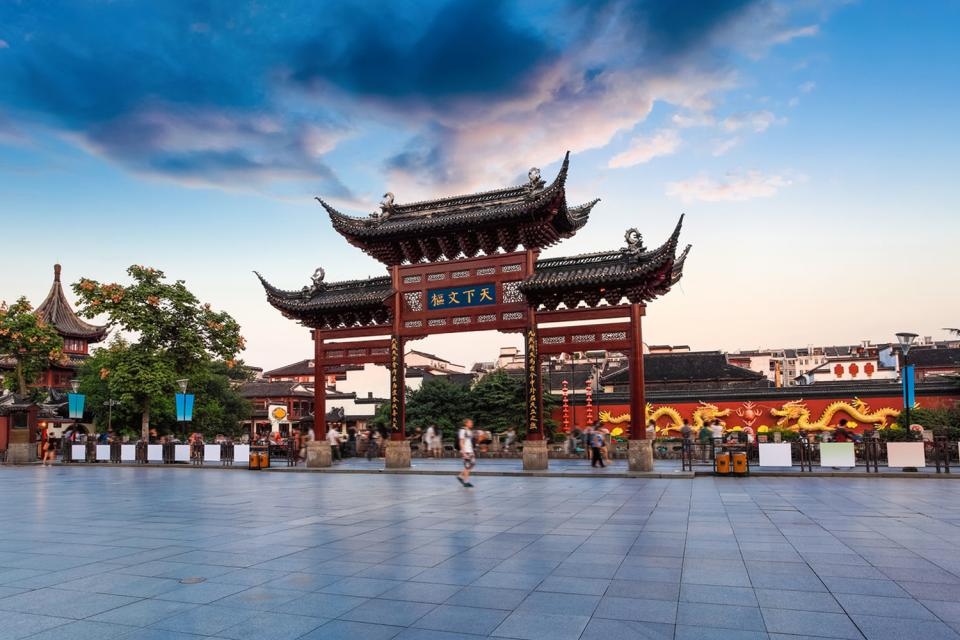
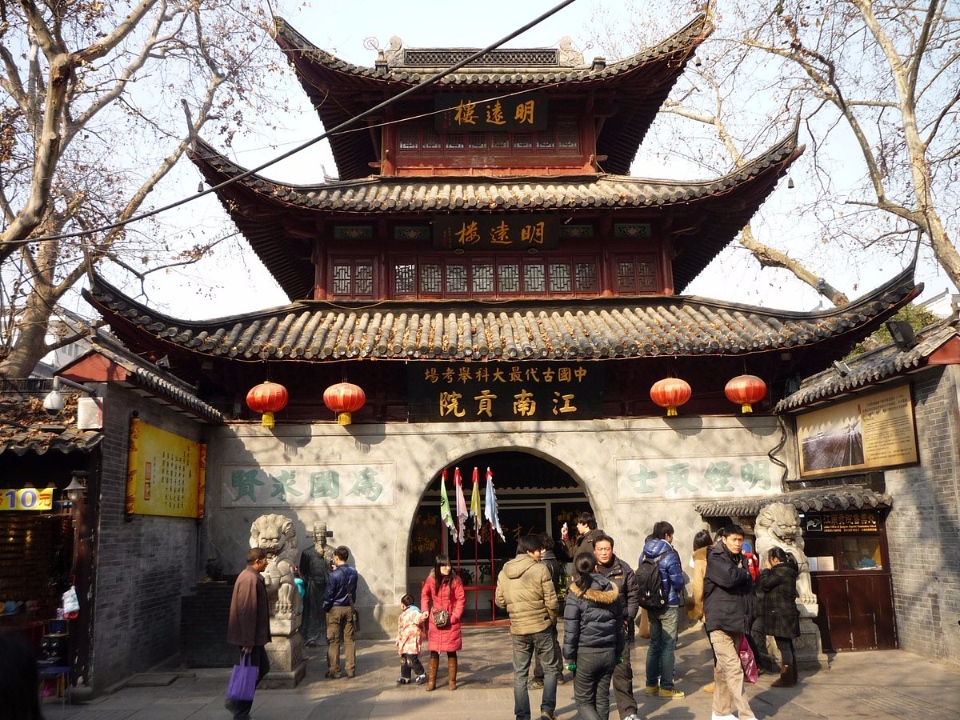
During reconstruction, the building expanded into a complex in the architectural style of the Ming and Qing dynasties, including the Nanjing Confucius Temple, the Imperial Examination Museum of China, and the Imperial Academy. If you take the time to observe and feel, you will find great things about the life of Confucius in particular and the history, culture, and development of China in general.
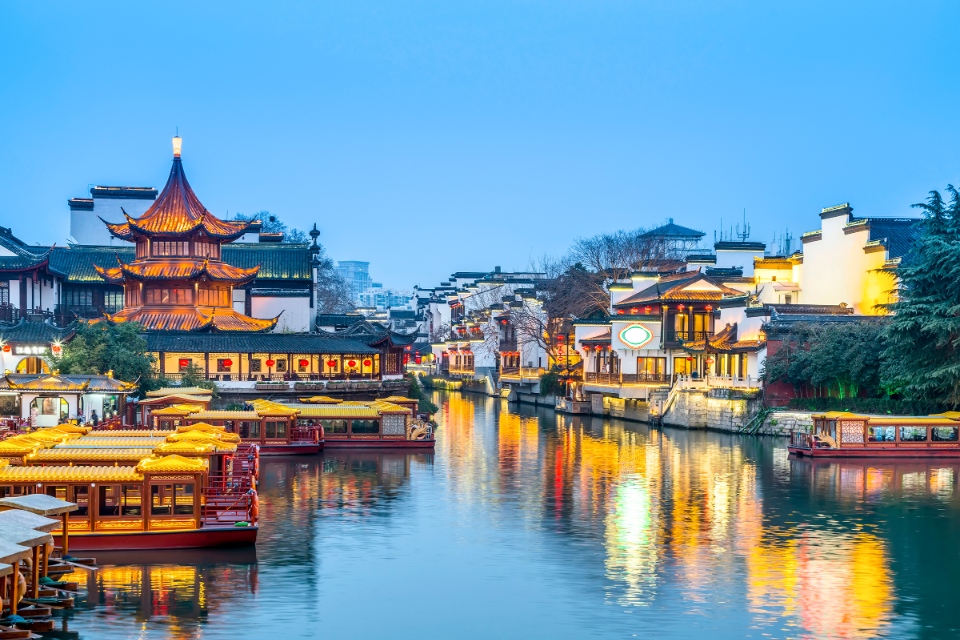
The area around the Nanjing Confucius Temple, along the Qinhuai River, offers tourists exciting experiences, including a variety of tourist shops, snack bars, restaurants and cafes, and tea shops. Alternatively, a few minutes walk away, guests will find the tranquility of Bailuzhou Park.
Admire the architecture of the Gate of China (Zhonghua Gate)
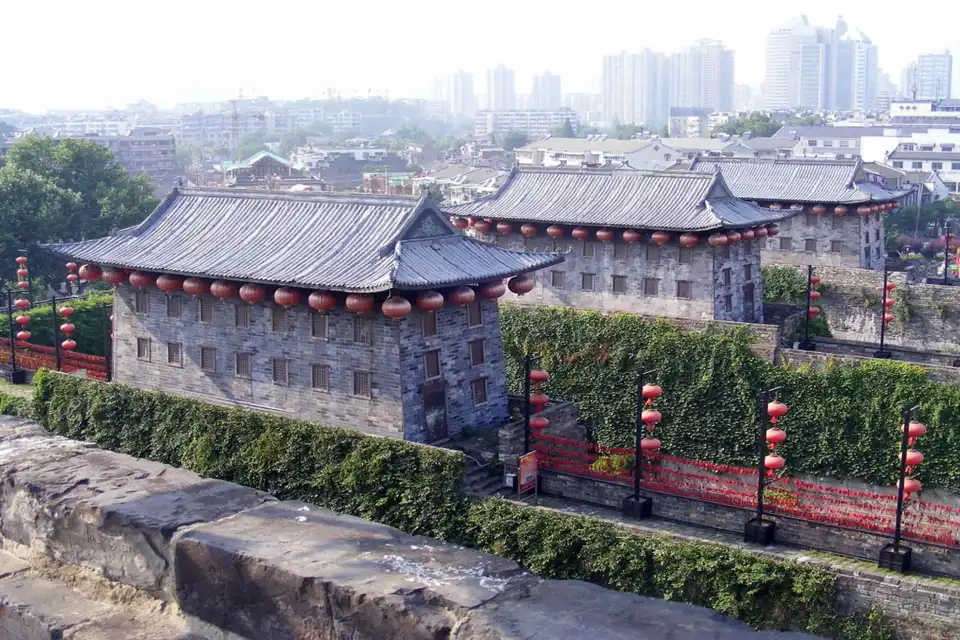
Gate of China is a famous ancient city gate in the south of Nanjing City, Jiangsu Province. Having the magnificent size following the castle, it is the world’s most delicate and complex structure. Extraordinary construction skills make it become an important place in the architectural and military traditions of China.
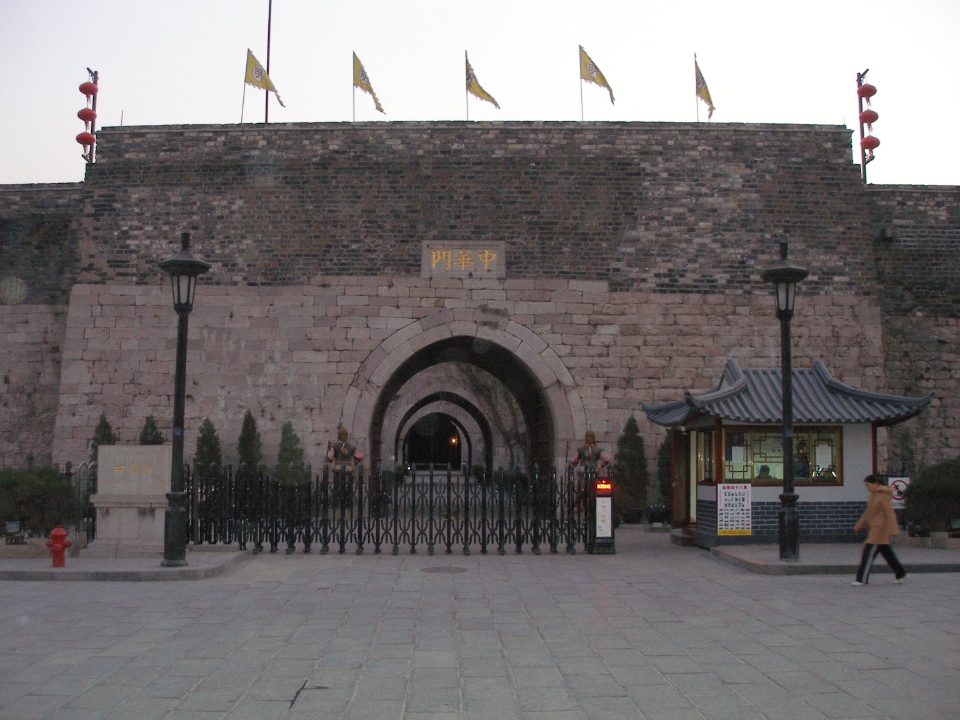
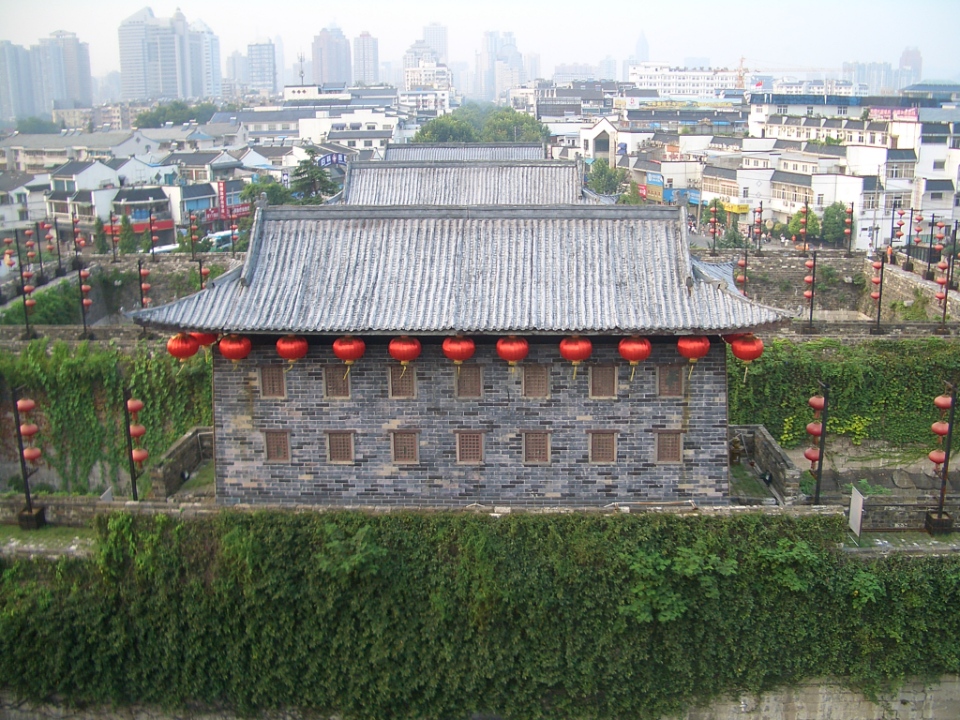
Gate of China is the largest among the thirteen gates of the new castle, an architecturally complex structure consisting of three enclosed courtyards and four arched doors serving as entrances. Gate of China remarks on the dynastic cycle of this city, and you will feel the prosperity and decadence in Chinese history if you learn deeply about it.
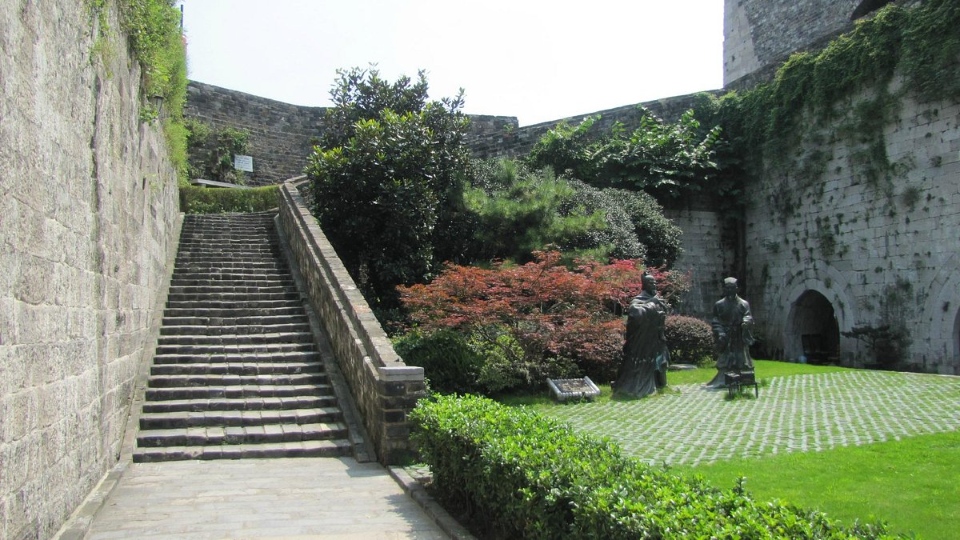
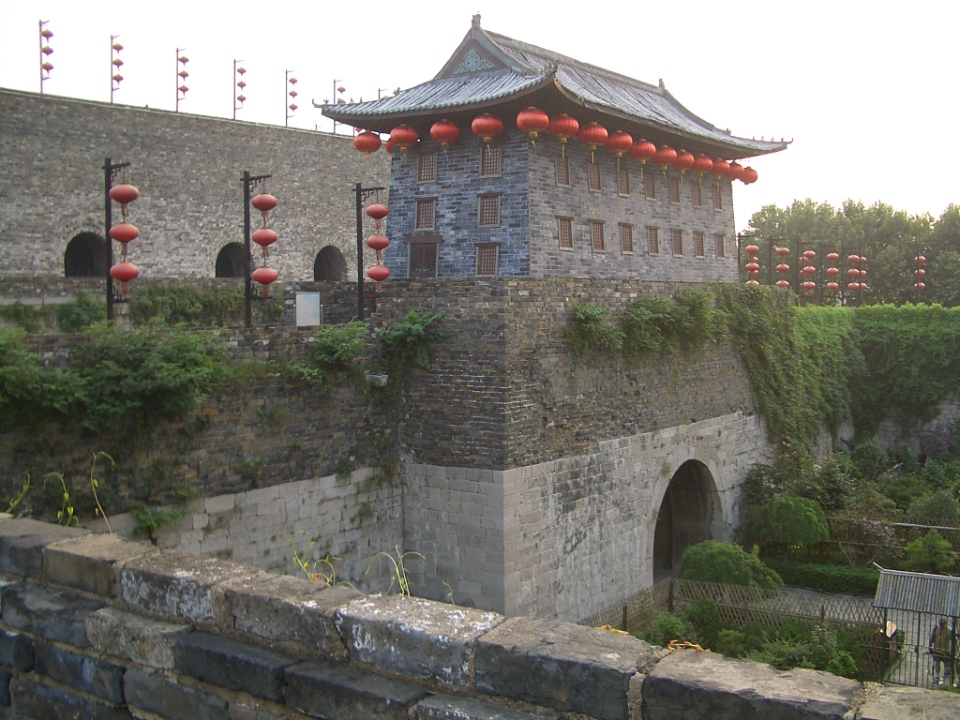
Twenty-seven tunnels were built in the castle to store large quantities of food and weapons and accommodate about 3,000 soldiers. The entire structure is constructed of large bricks joined together with special cement made from lime, glutinous rice water, and tung tree oil. Quality craftsmanship and strict control have helped the castle remain in good condition until today.
Nanjing Presidential Palace
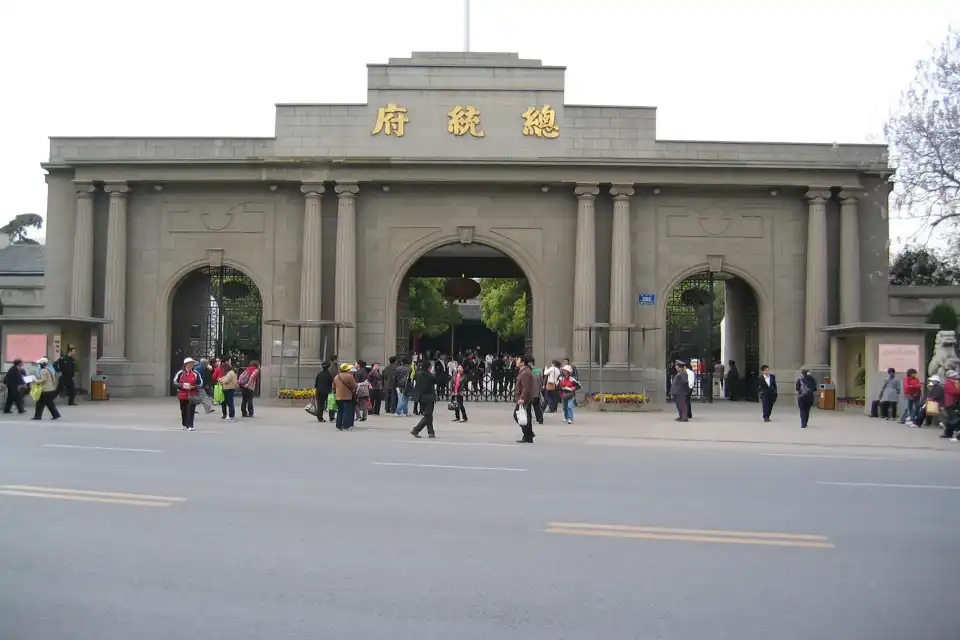
For 109 years from 1840 to 1949, the Presidential Palace was the backbone of China’s military and political center. Now, it is a historical site of great importance in modern history and is serving as the China Modern History Museum in Nanjing.
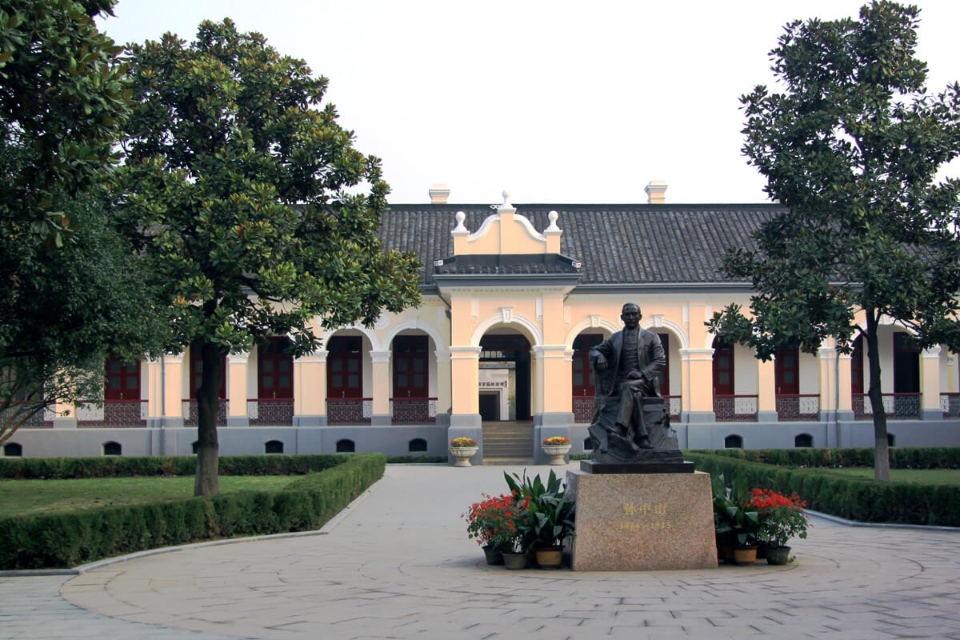
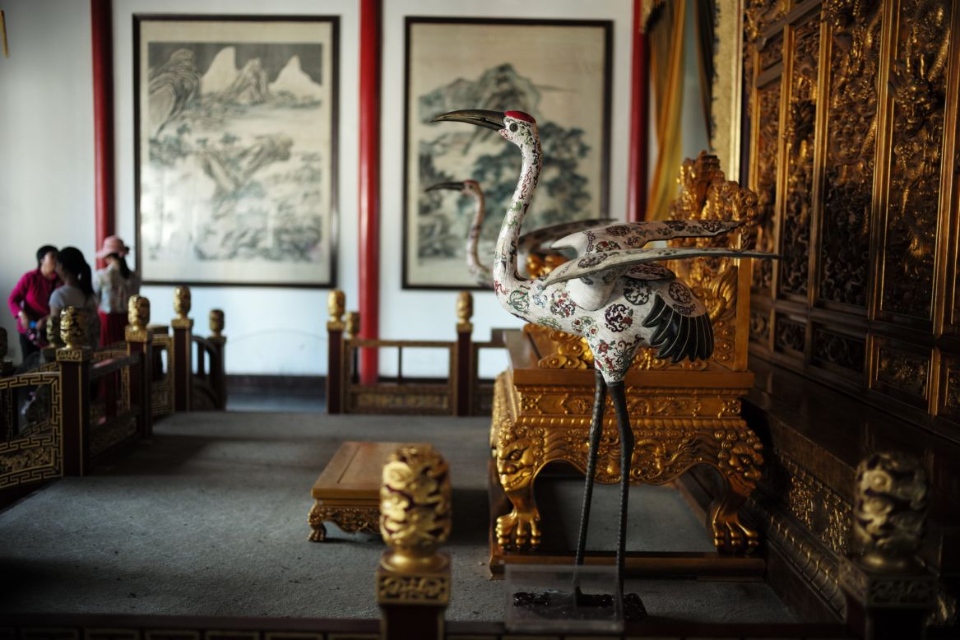
It has three exhibition areas for tourists to explore with more than 90,000 square meters, including eleven halls. The president’s national government offices and subsidiary agencies are located in the middle where many you’ll find interesting documents on display. The Western area belongs to Xuyuan Garden – a typical garden in Southern China – and the main building, which is the office of the interim president, his secretary, and the joint chief of staff. In the Eastern area is the administrative building which is currently used to store several important historical documents and records.
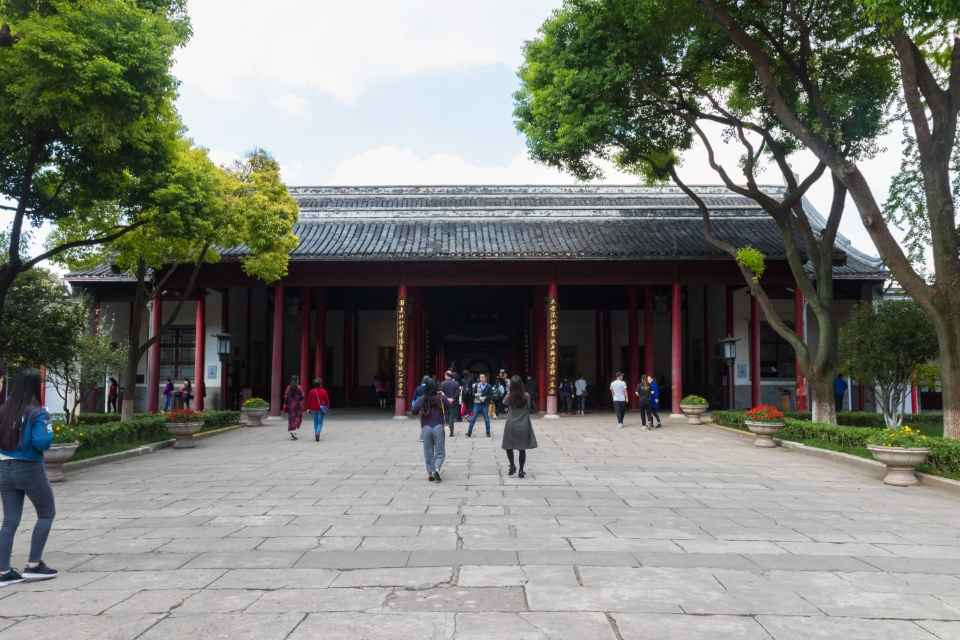
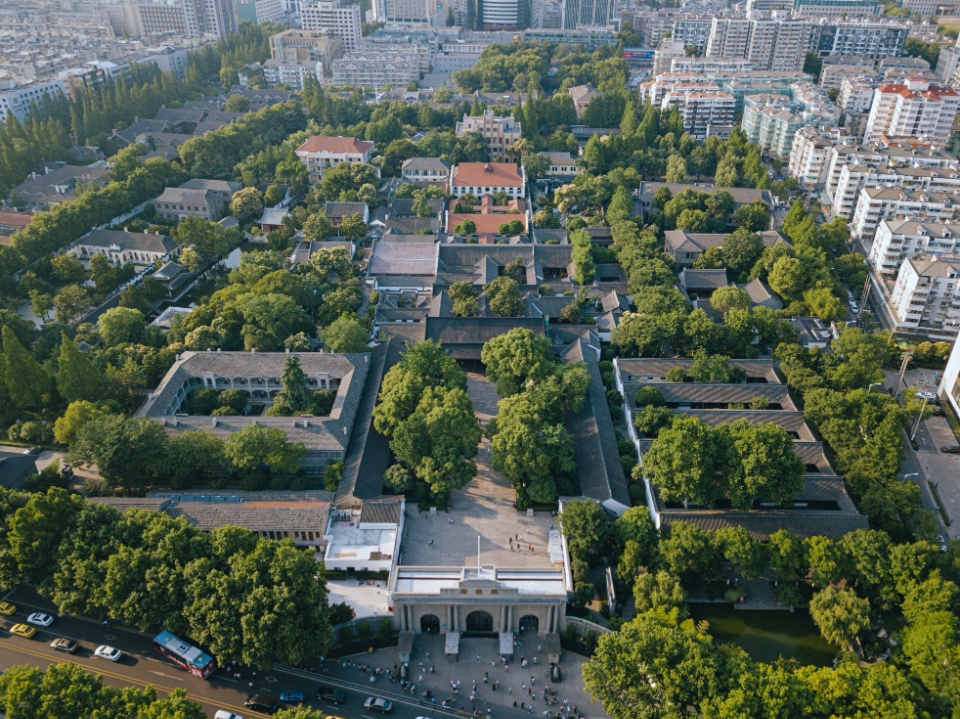
With its classical architectural style along with the Chinese and Western architecture of its two gates, this is a fun place to learn about history as well as rest and relax during your Nanjing trip.
Enjoy Jinling roast duck
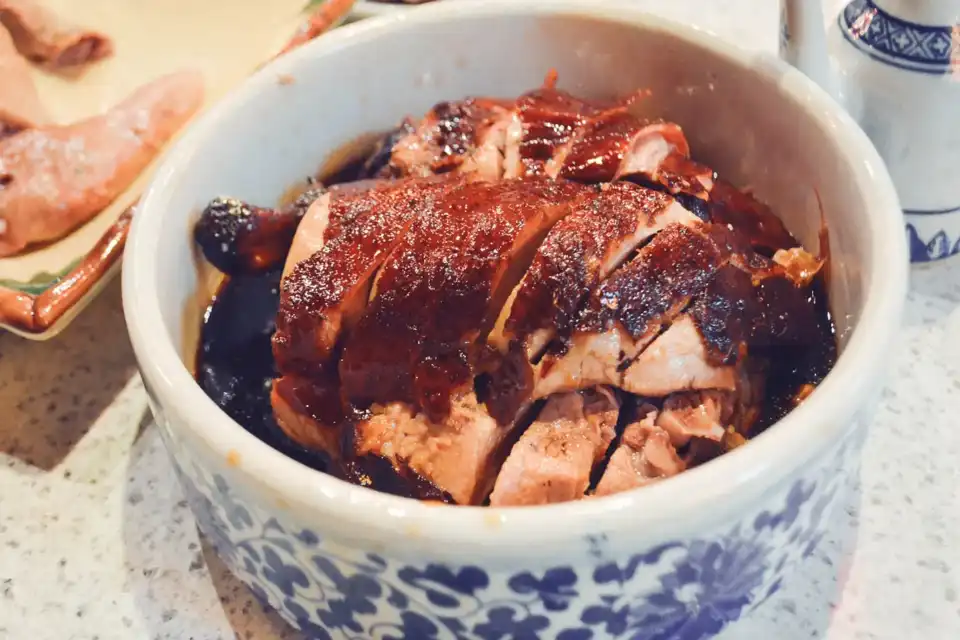
One of Nanjing’s most beloved dishes is Jinling duck, also known as Nanjing salted duck. Although the Peking duck is popular throughout China and well-known to the whole world, Nanjing still retains the reputation of its Jinling duck. This will be an opportunity for you to enjoy Jiangsu-style cuisine, especially known for carving and preparation techniques, mild sweet flavors along with seasonal vegetables, freshwater fish, and seafood.
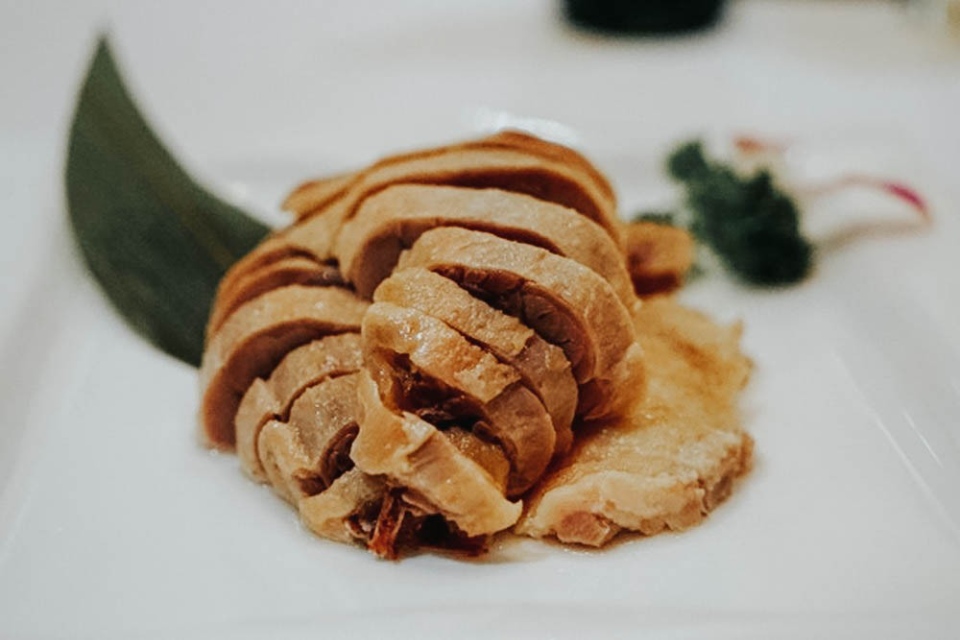
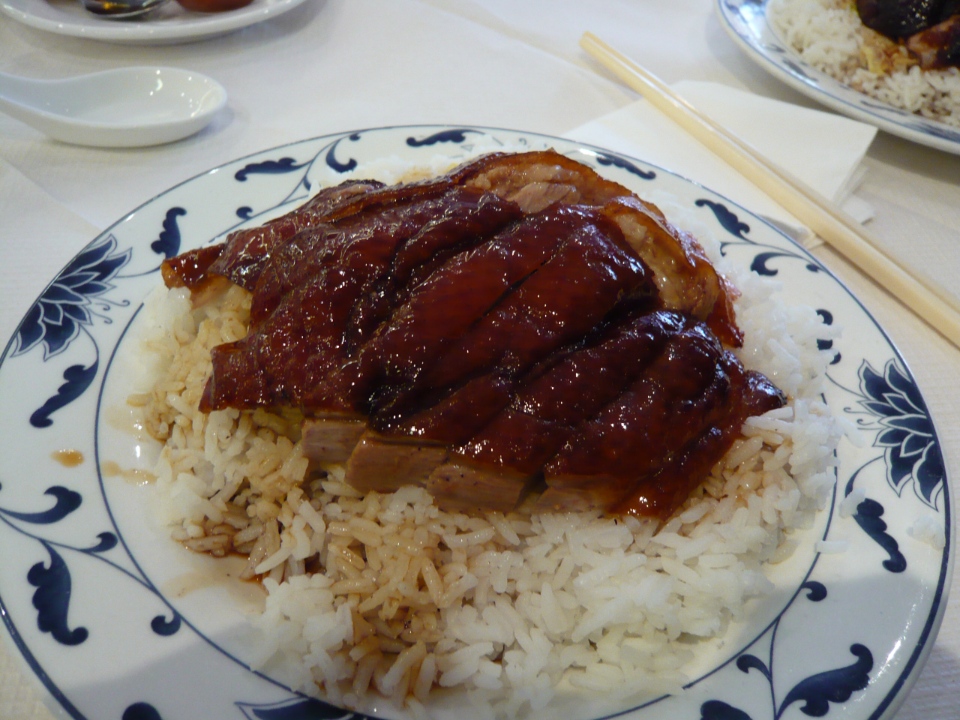
There are many eateries here specializing in Eastern and Western cuisine. But when you travel to Nanjing, you should definitely try the famous Jinling roast duck. It’s easy to find a place that serves this local delicacy, paired with a bowl of white rice for a perfect meal in Nanjing!
The best time to visit Nanjing is in the fall when the weather is cool and dry. It is important to choose suitable activities for the trip. We hope our above suggestions are helpful for you to build your Nanjing itinerary.
Some best day tours, trips, activities and transfer services, tickets in, from and to Nanjing you can refer to
- Porcelain Tower of Nanjing
- Nanjing Presidential Palace Ticket
- Nanjing City Private Car Charter
- Daming Mansion Zhanyuan Garden Ticket in Nanjing
- Chaotian Palace Ticket in Nanjing (For Mainland China ID Holders)
- Nanjing Zhouyuan Ticket
- Yufa Ecotourism Area Ticket in Nanjing
- Ziqinghu Hotspring Ticket in Nanjing
- Hongshan Forest Zoo Ticket in Nanjing (For Mainland Chinese Citizens Only)
- Ming Xiaoling Mausoleum Ticket
Read more Nanjing guide here.

